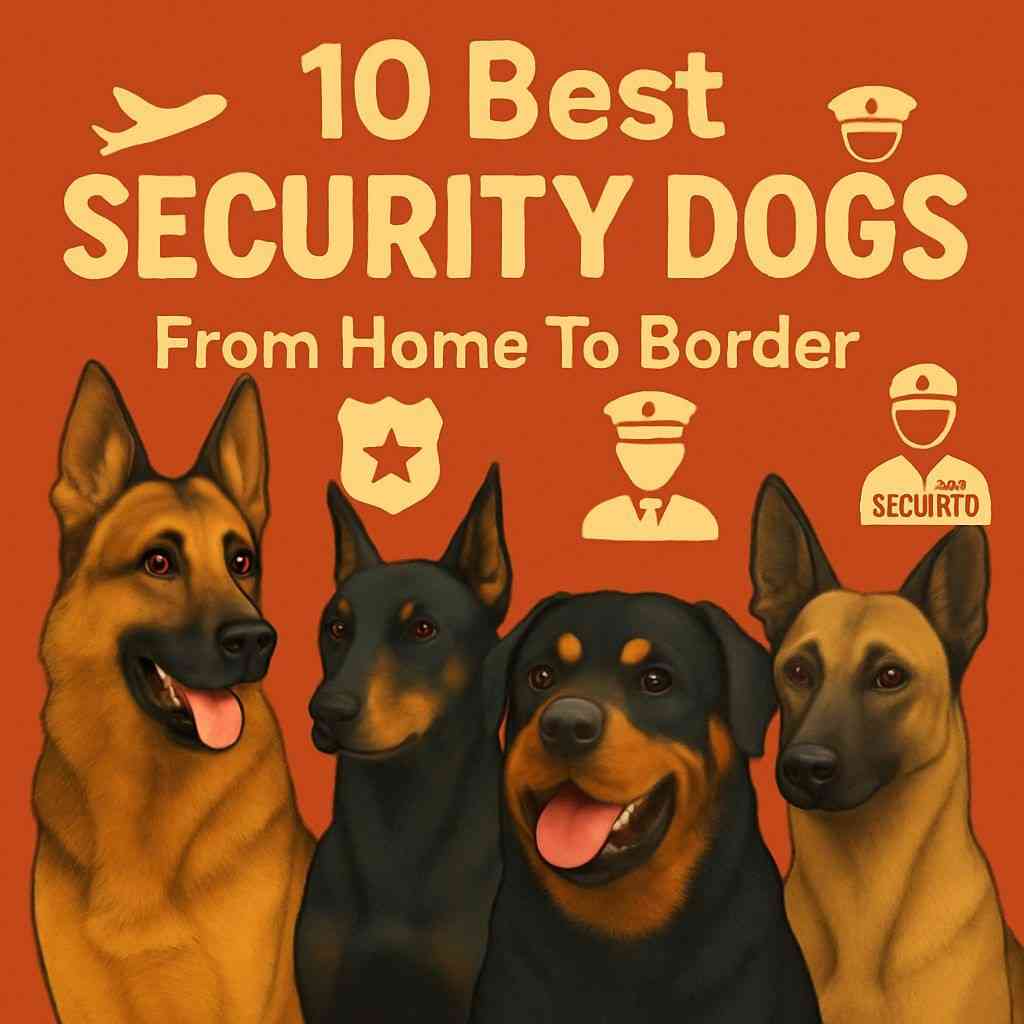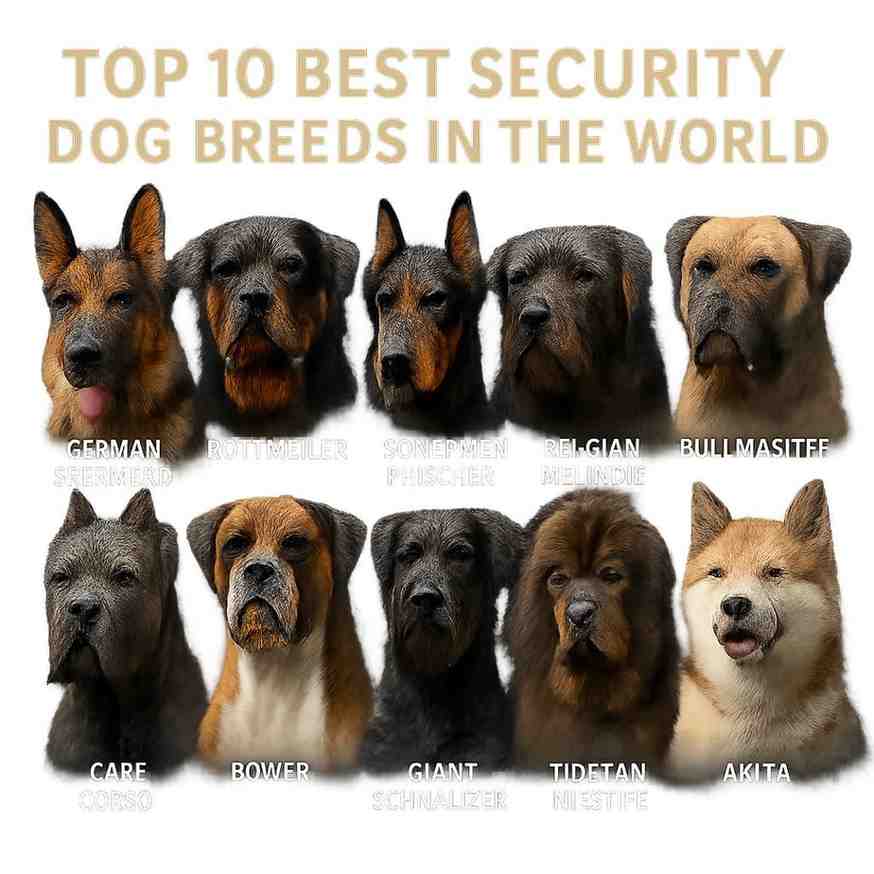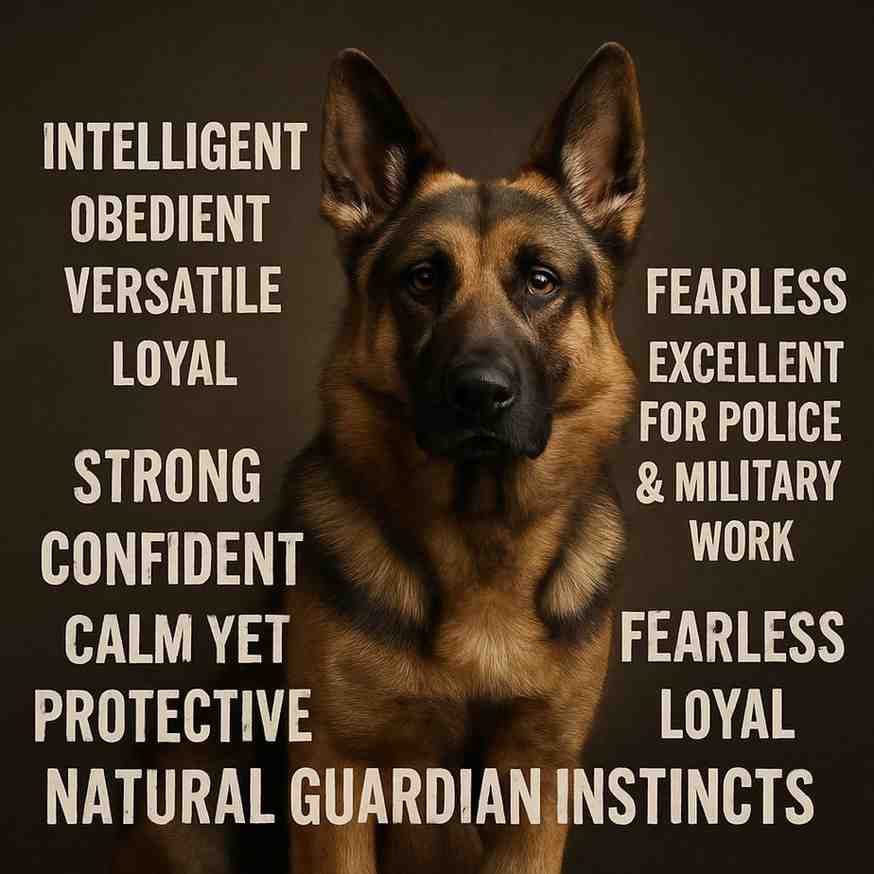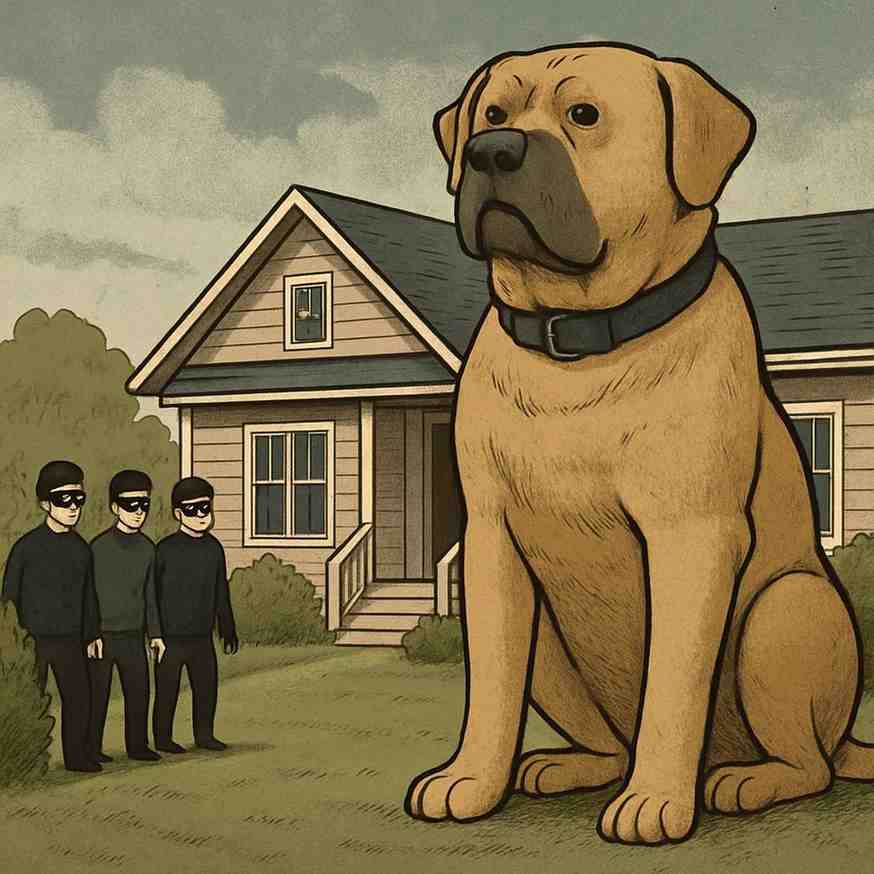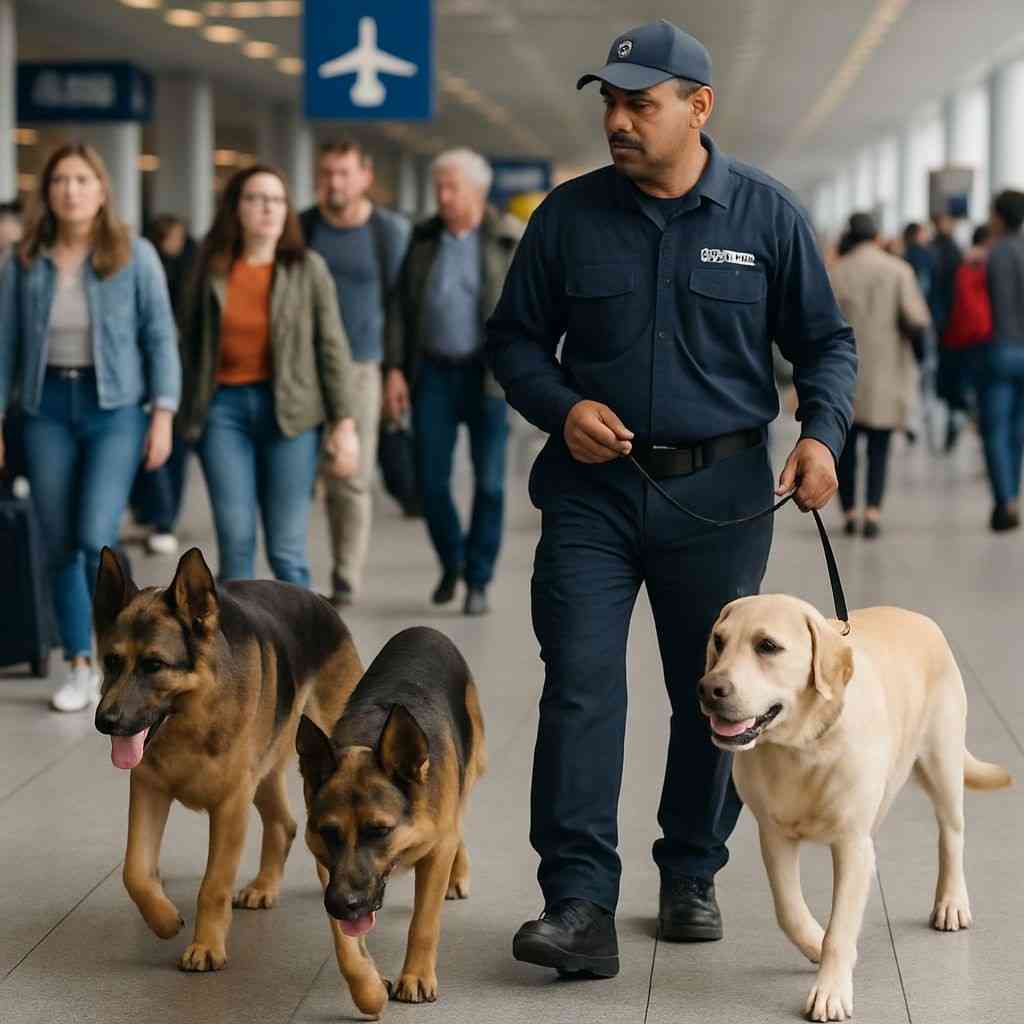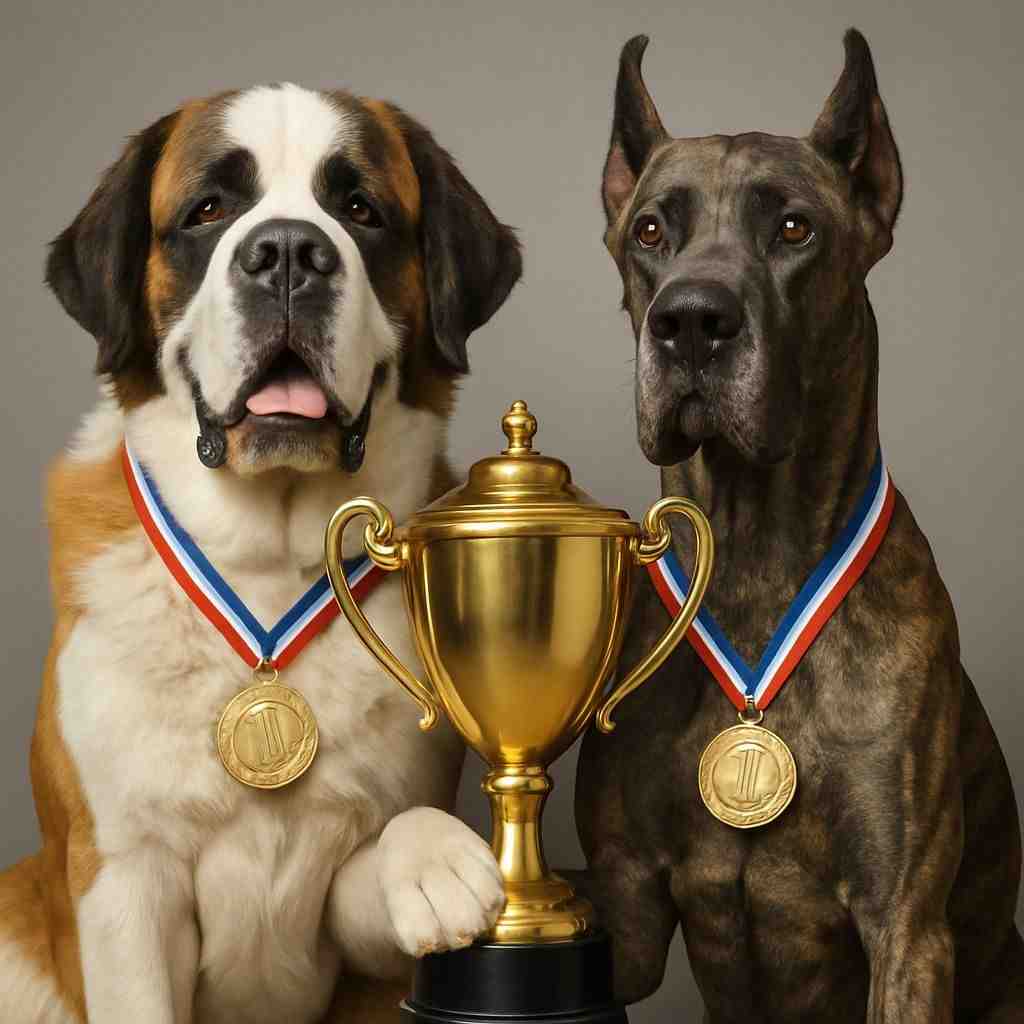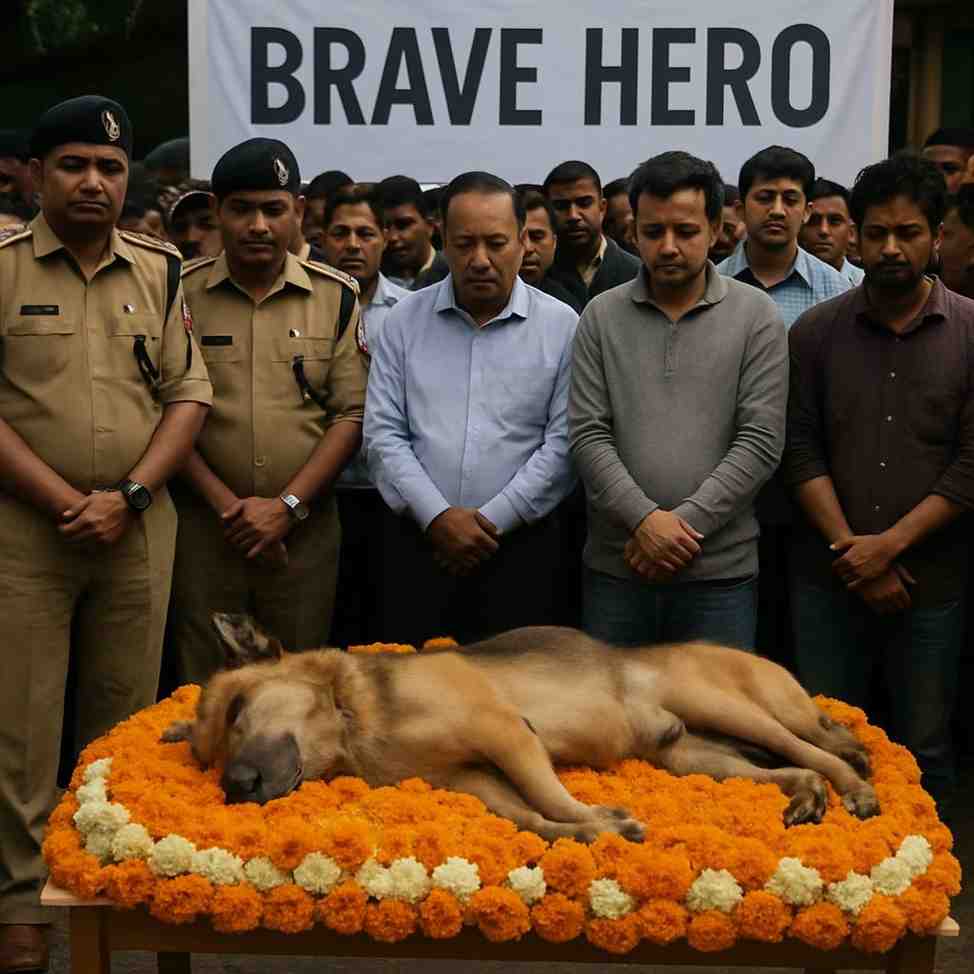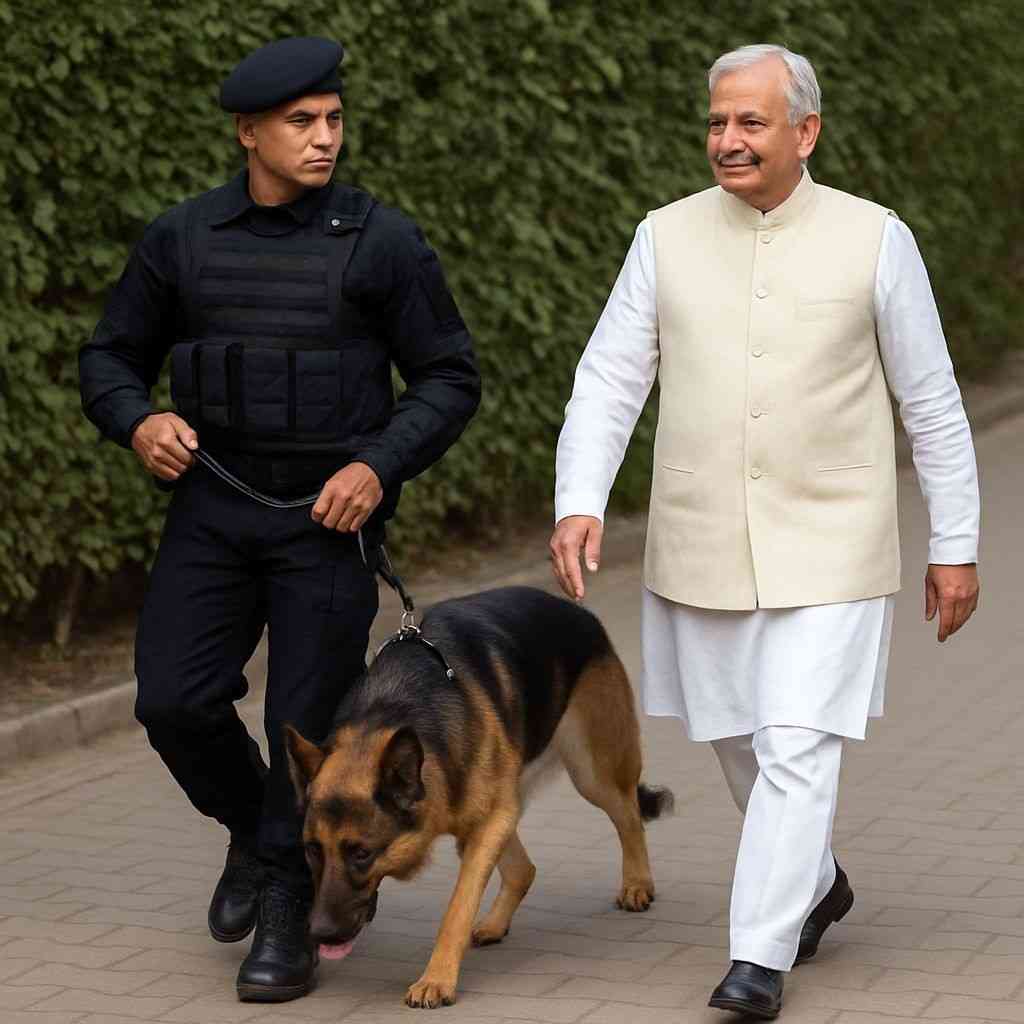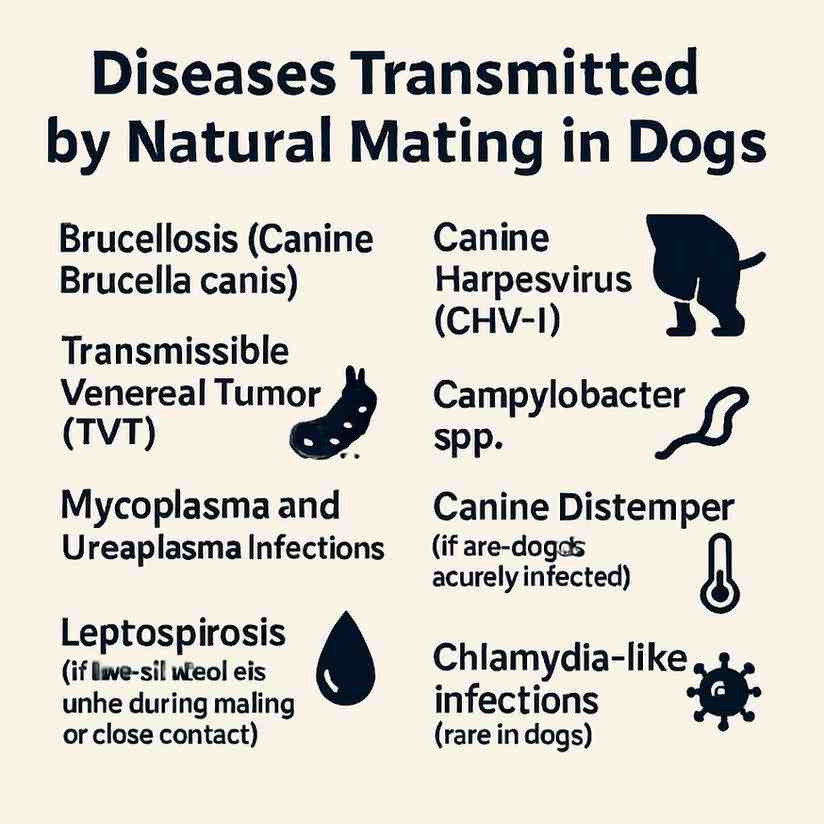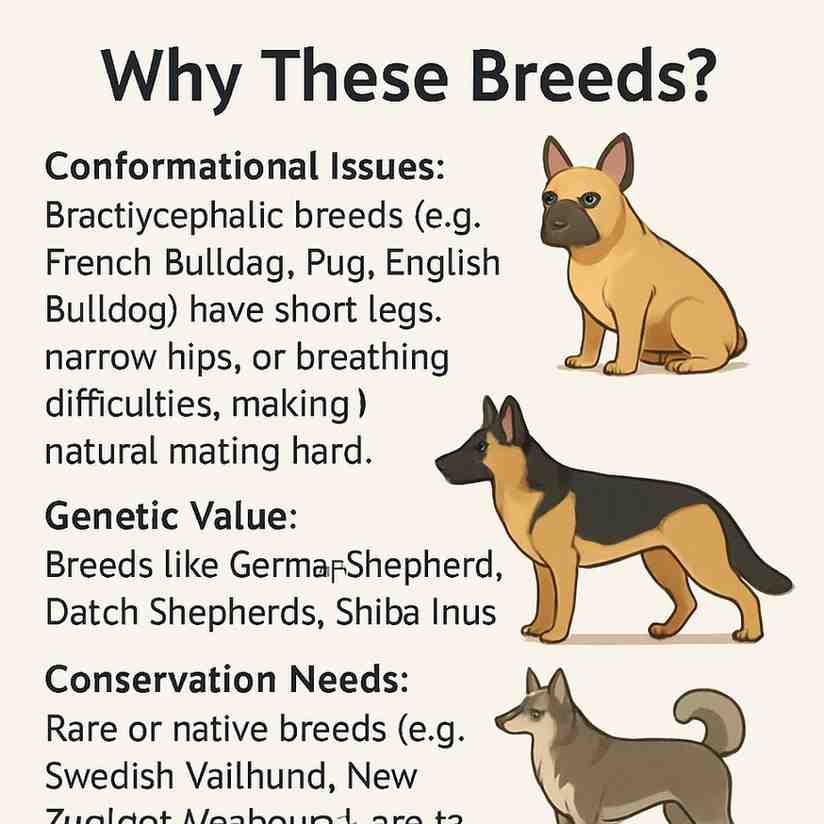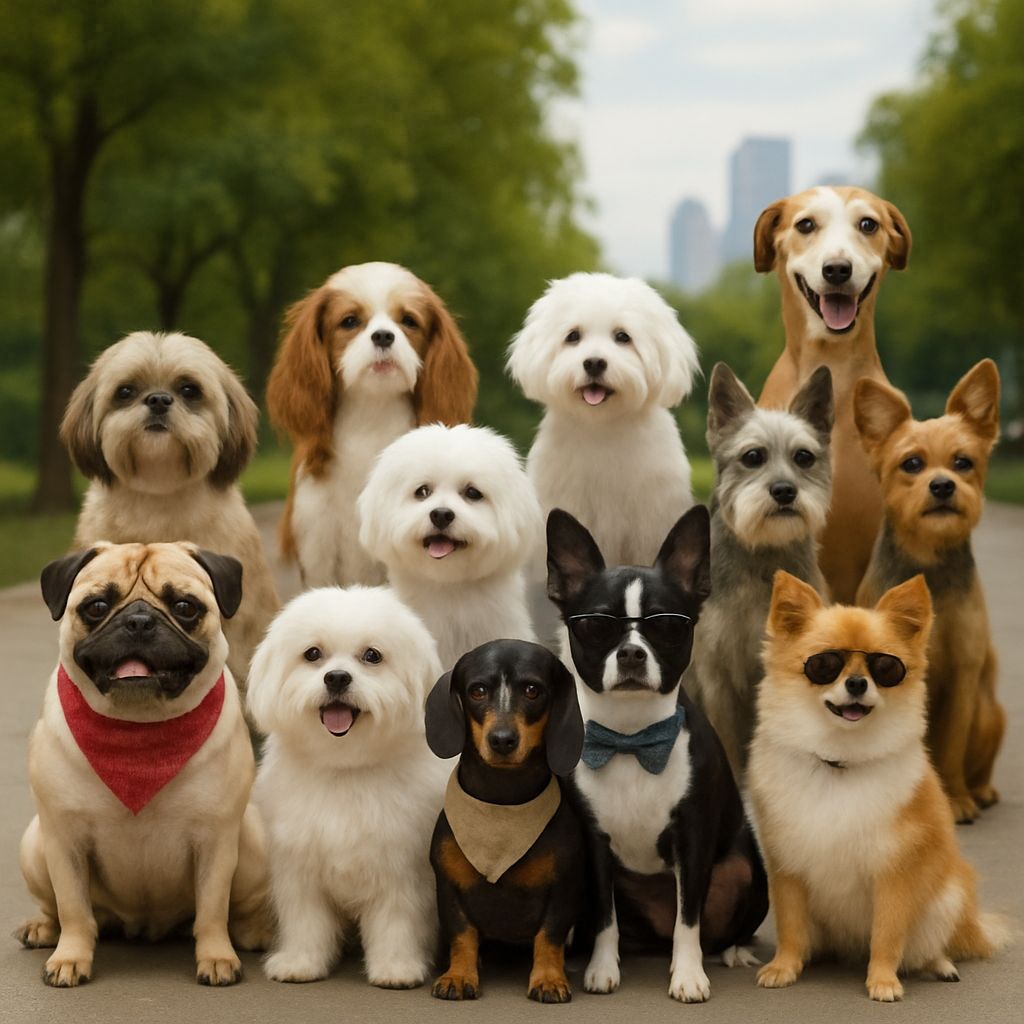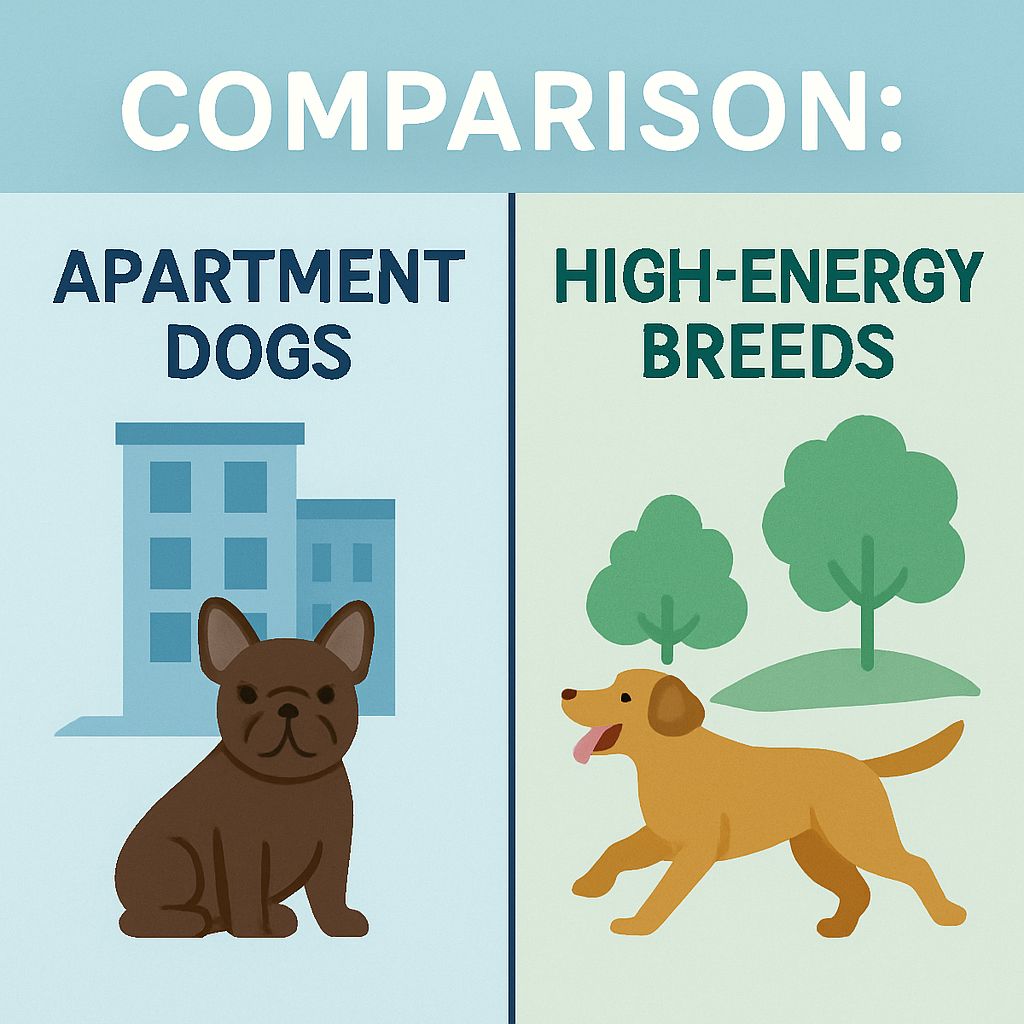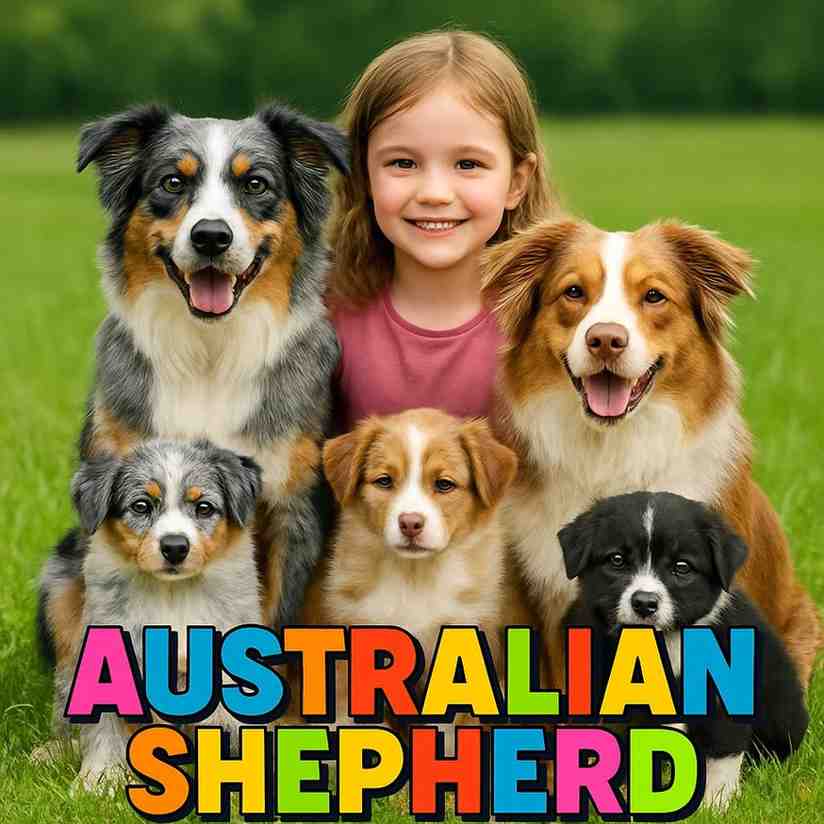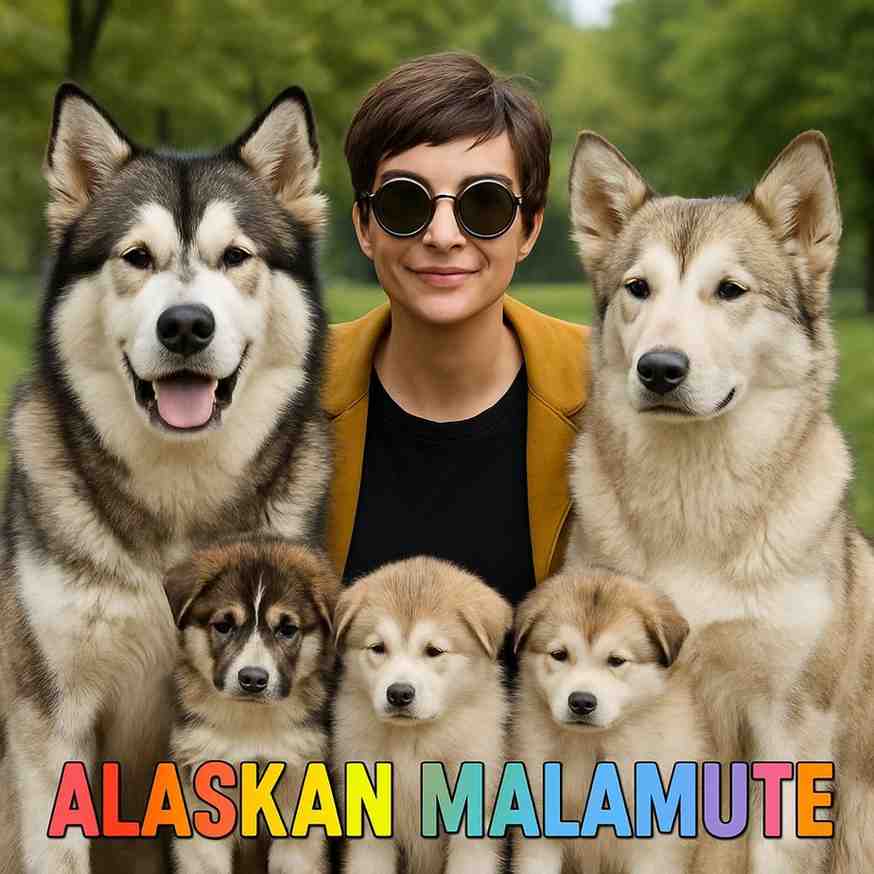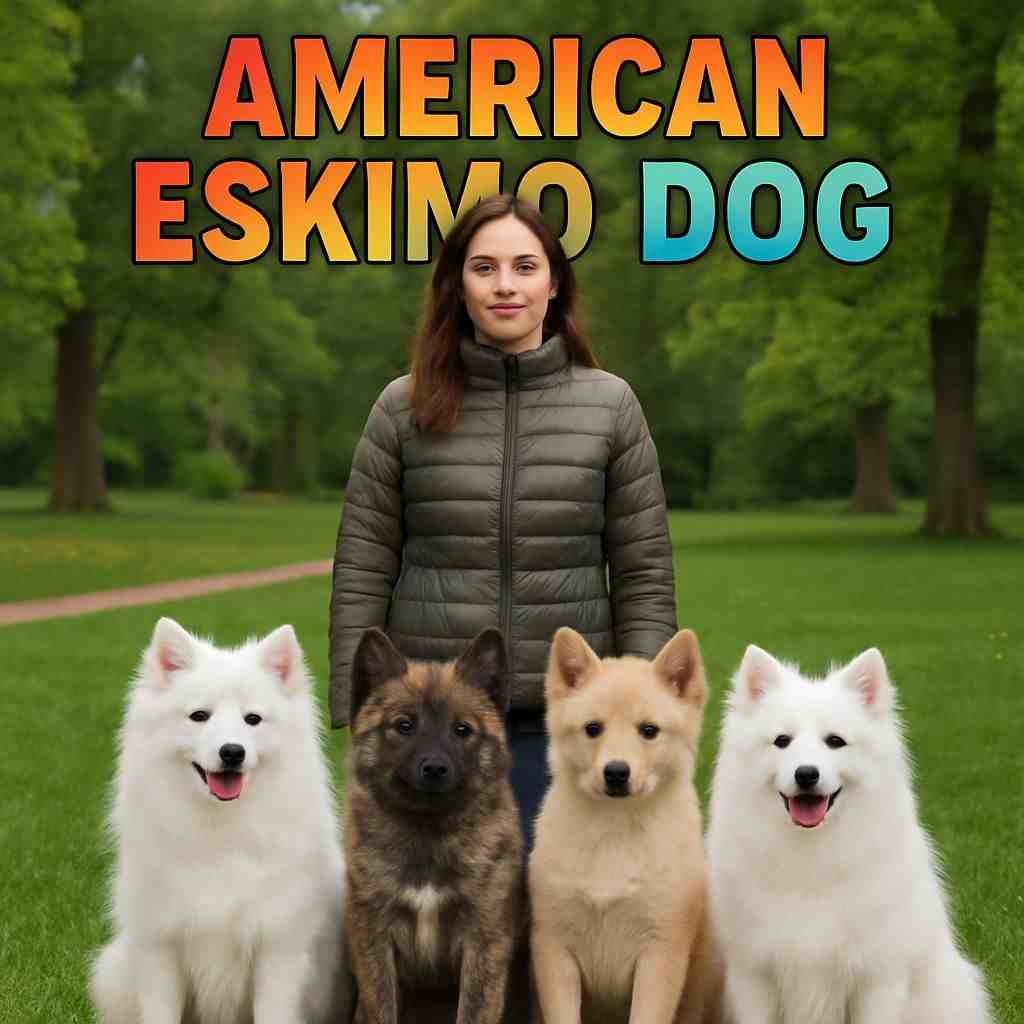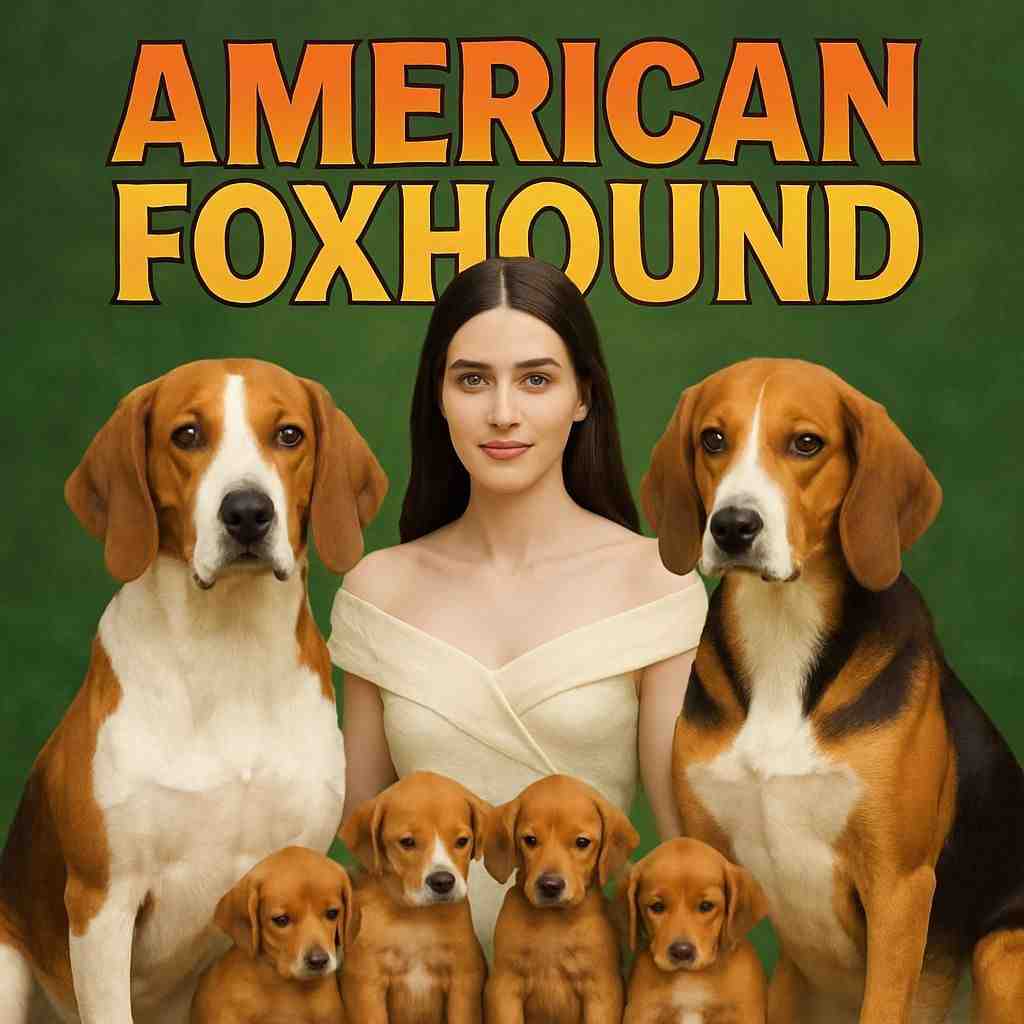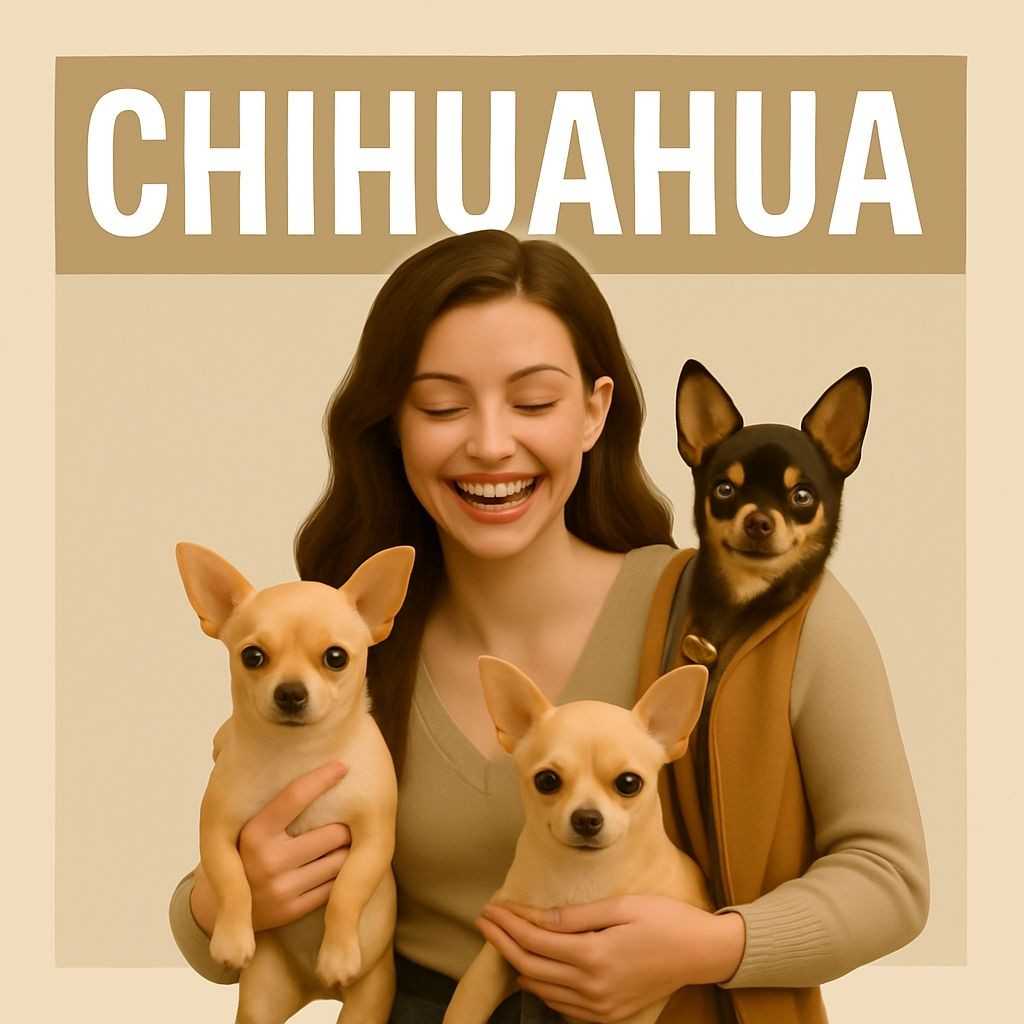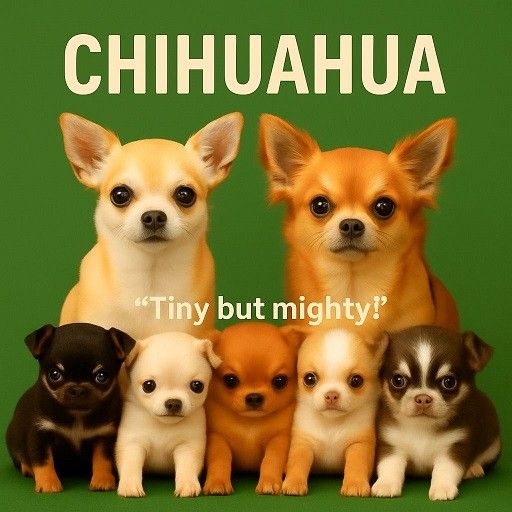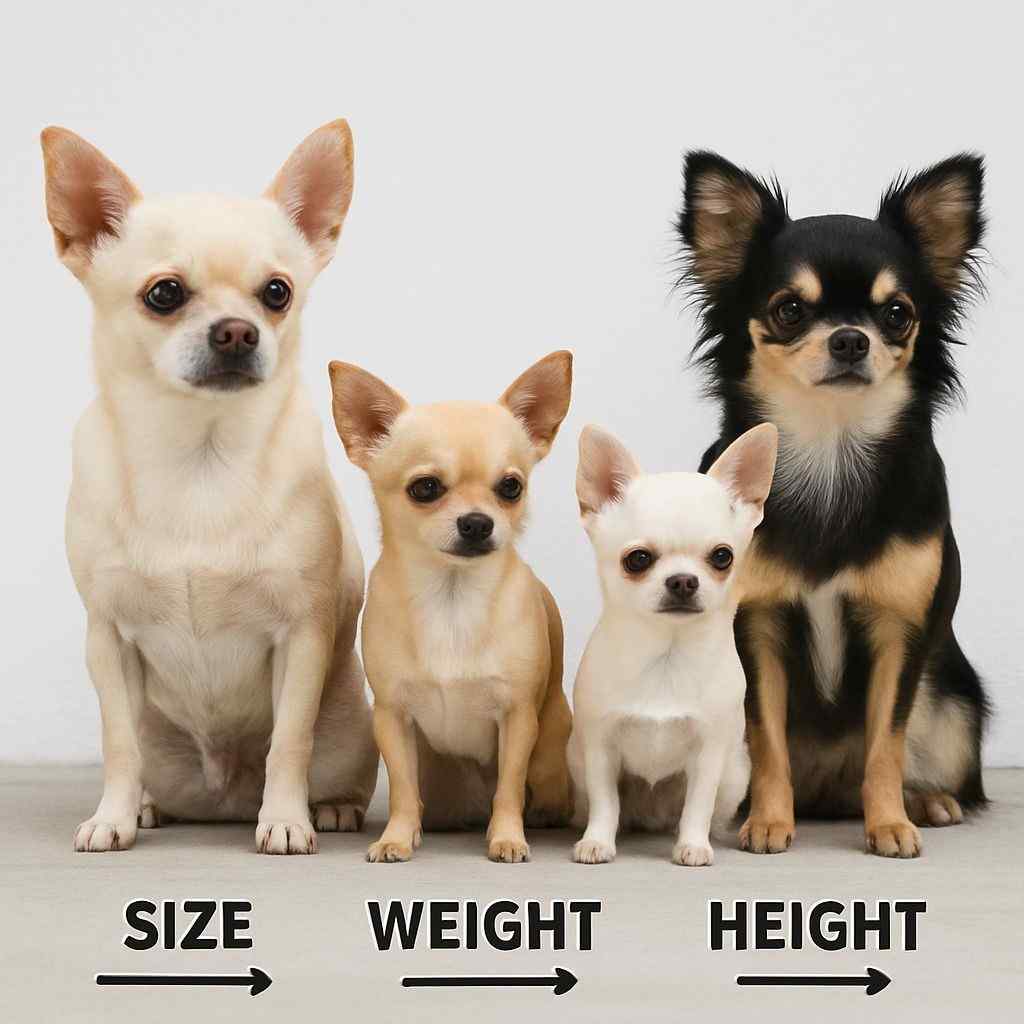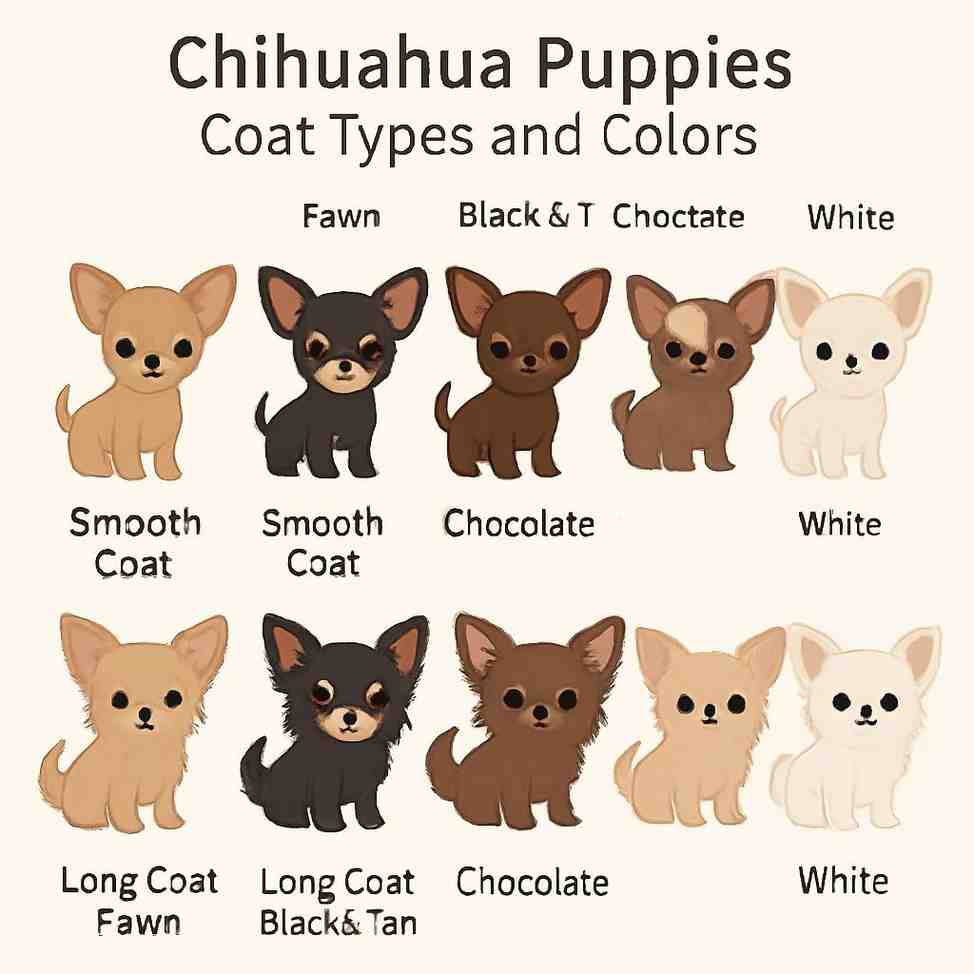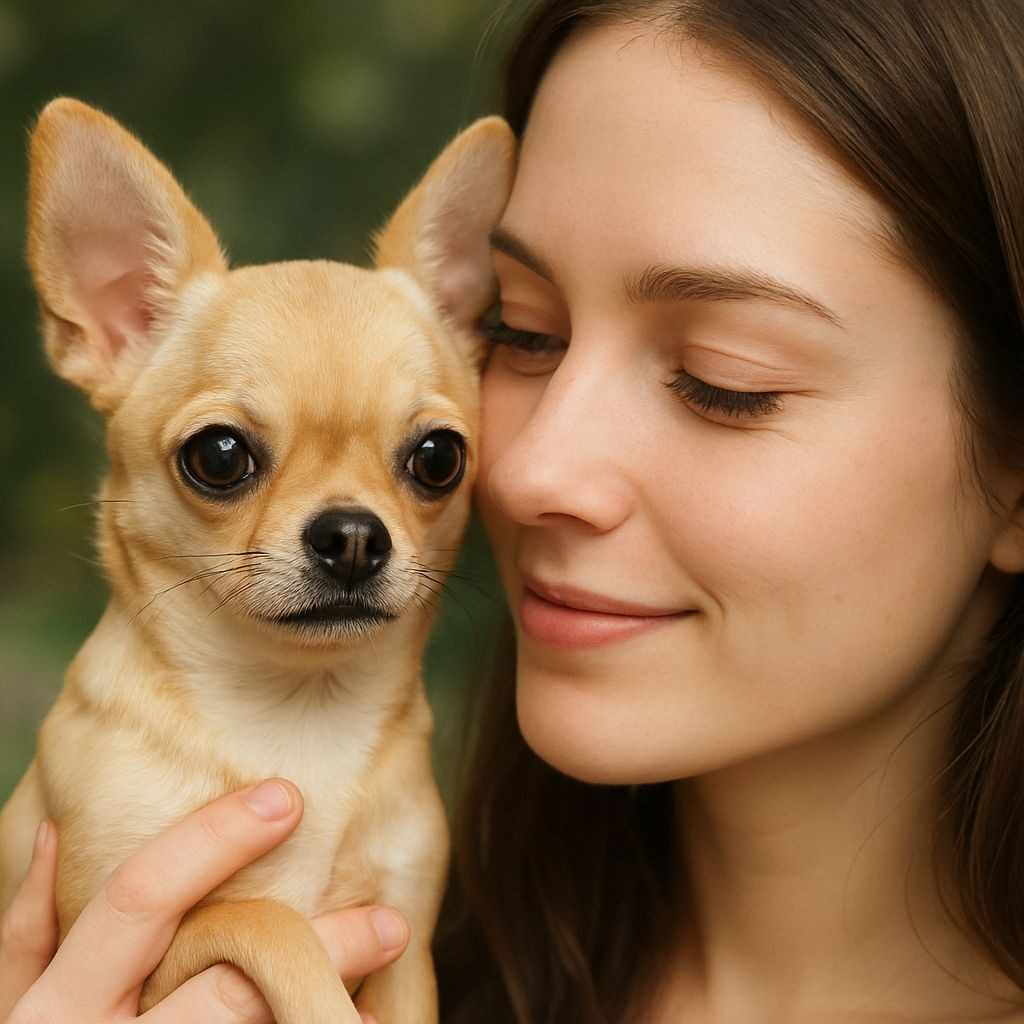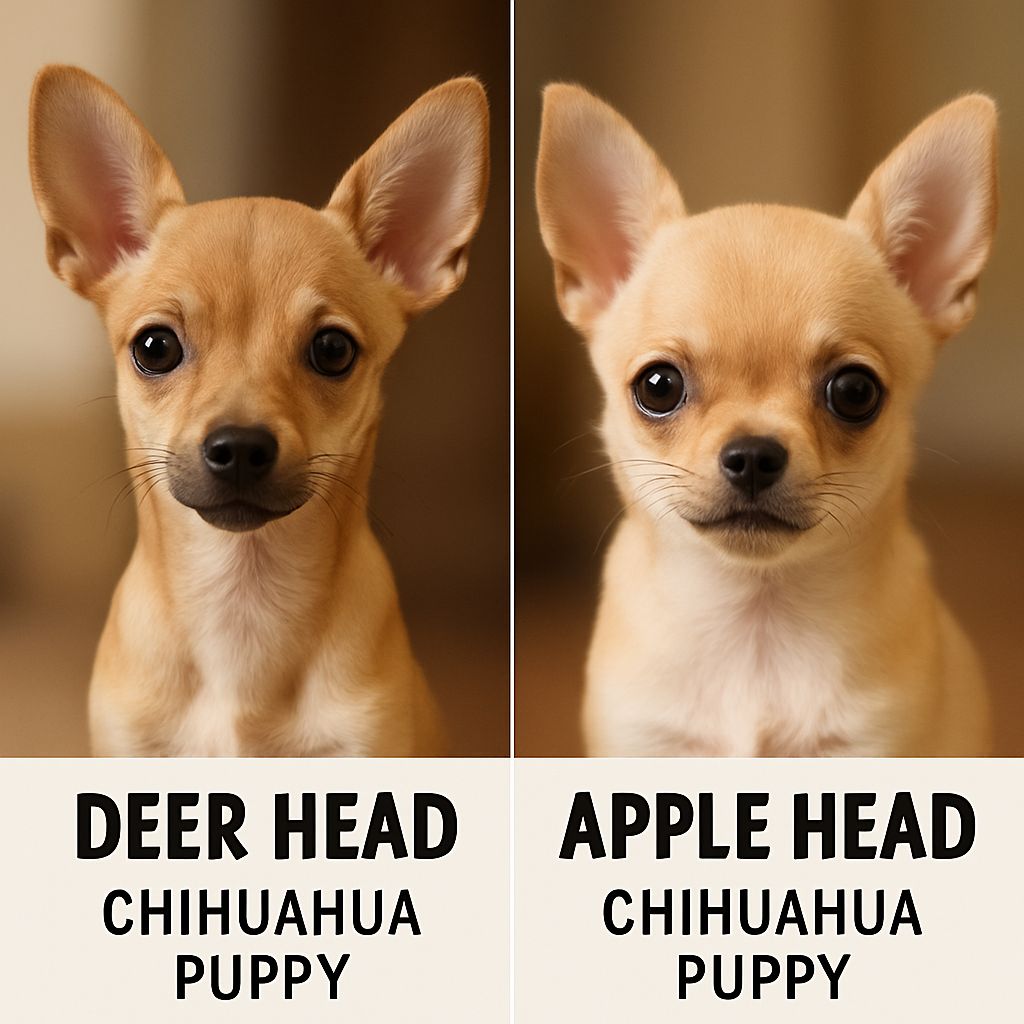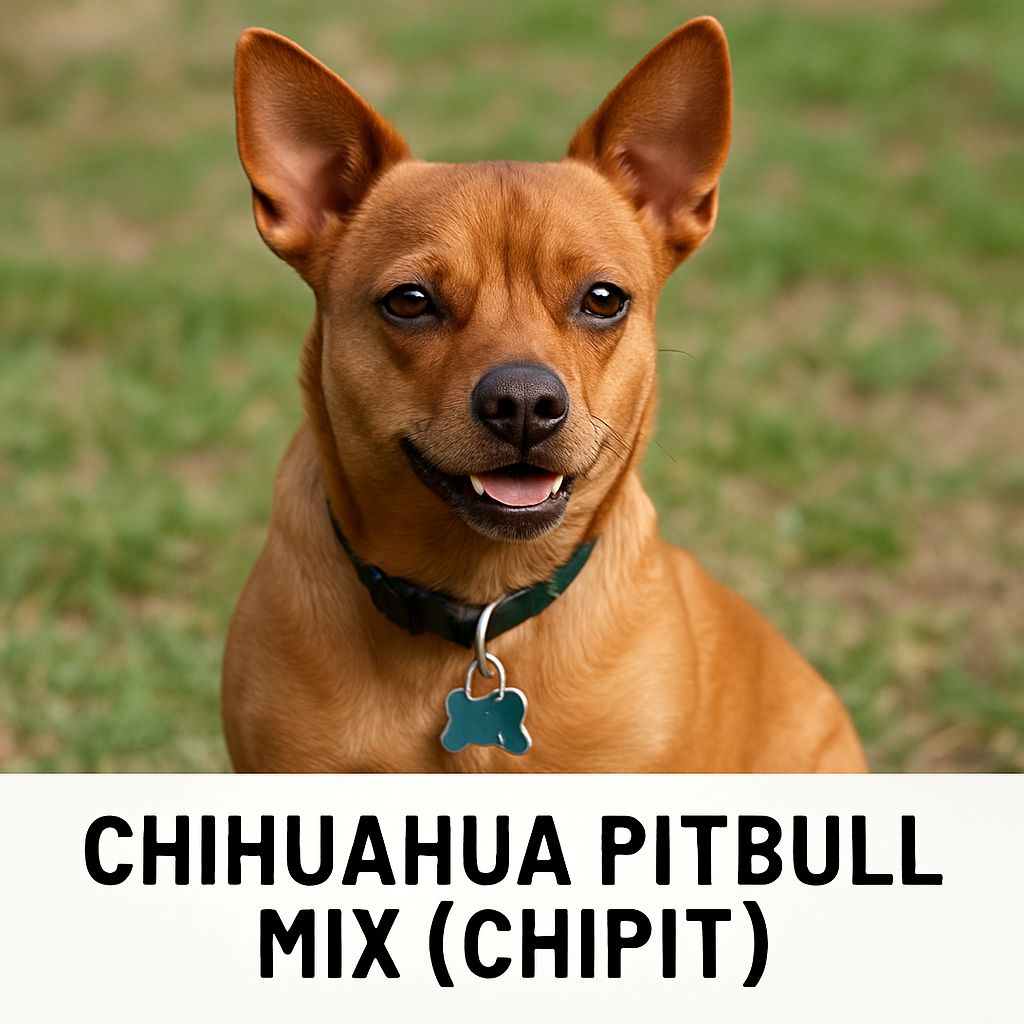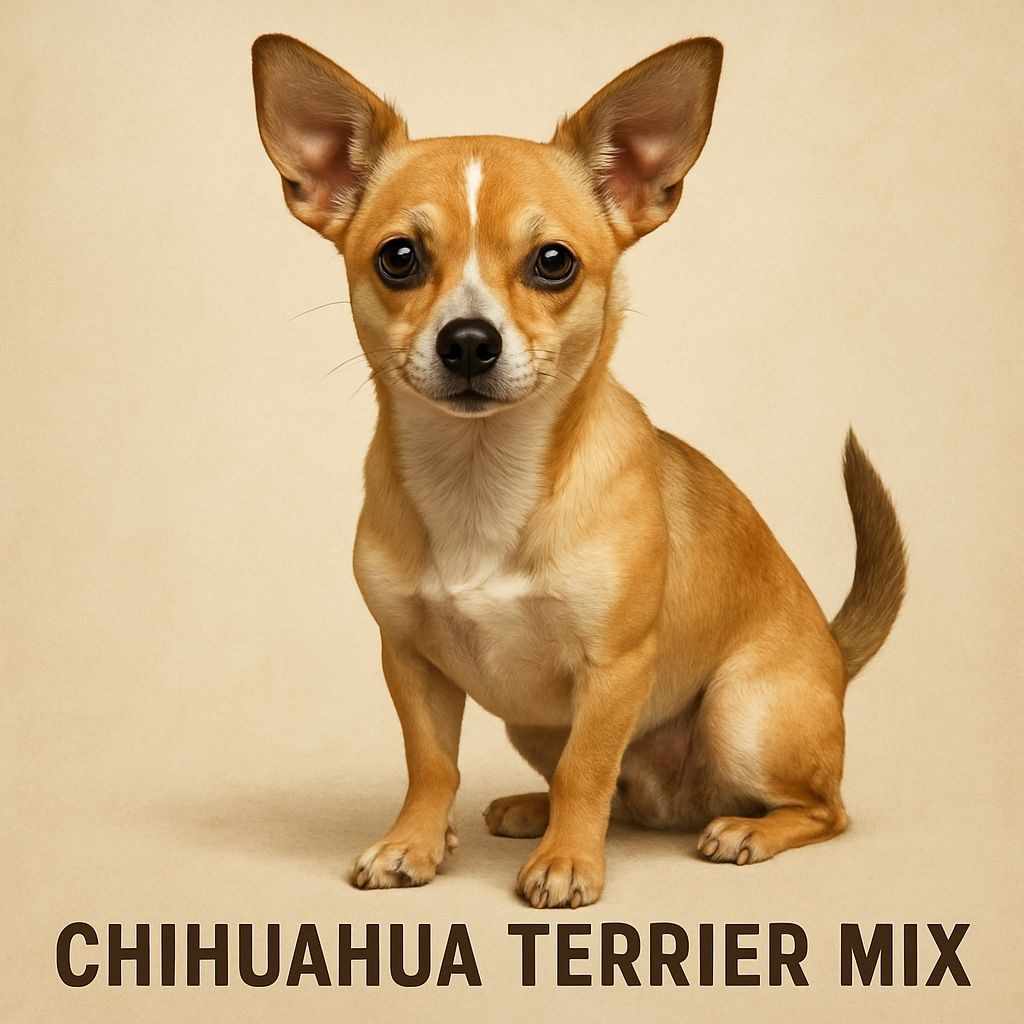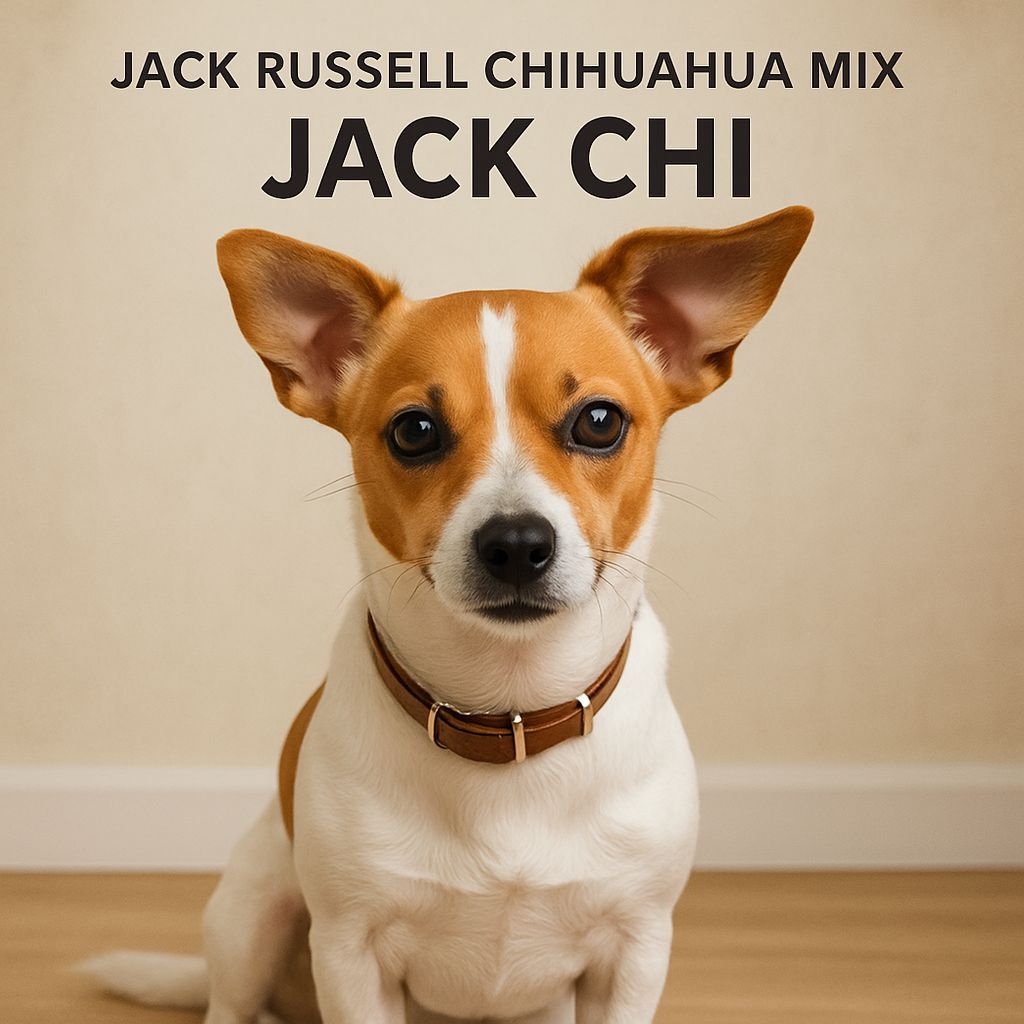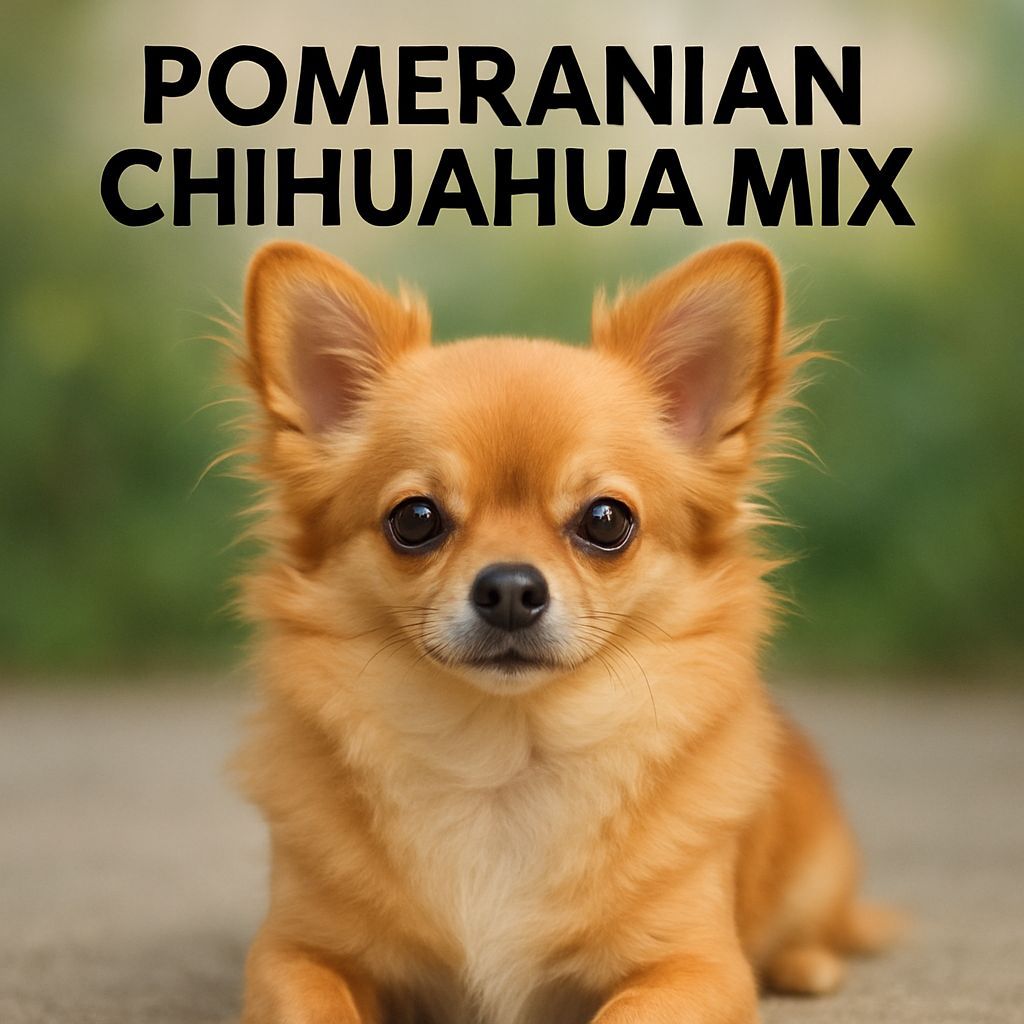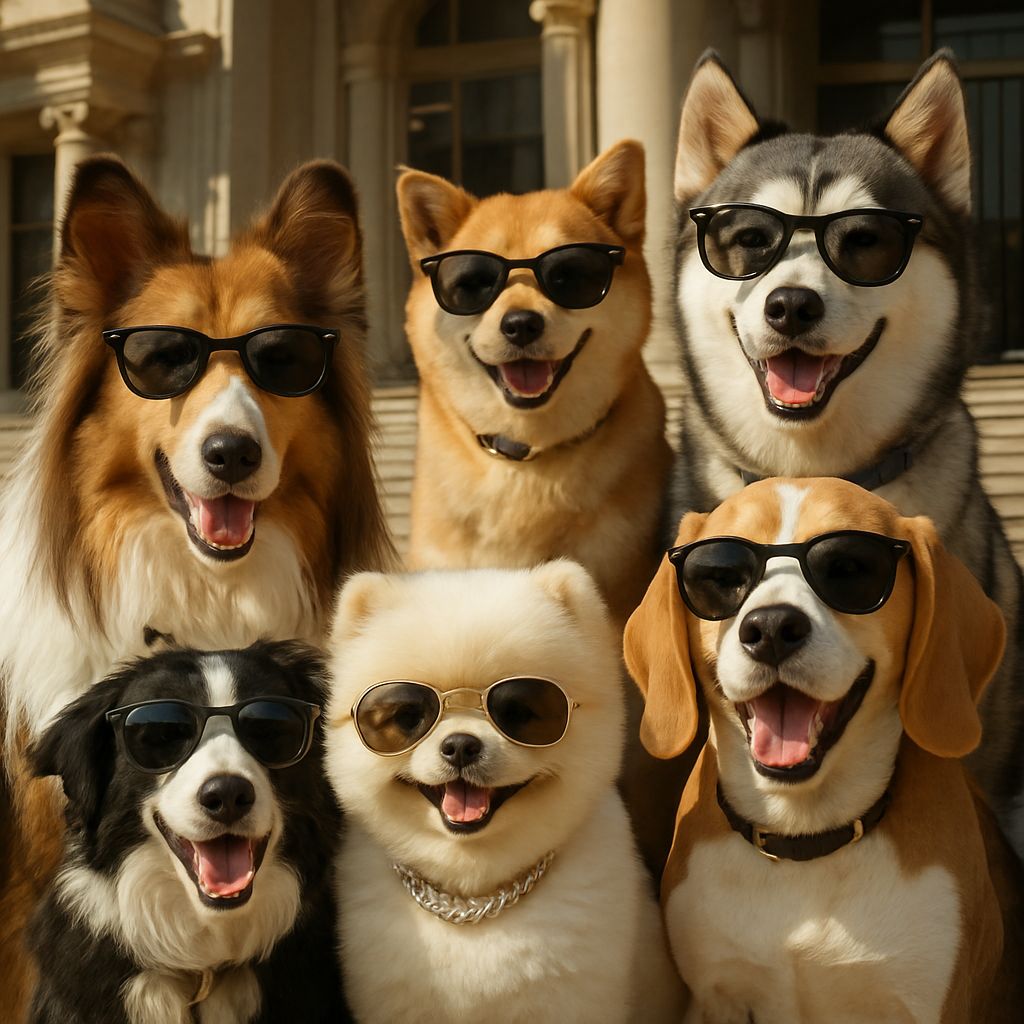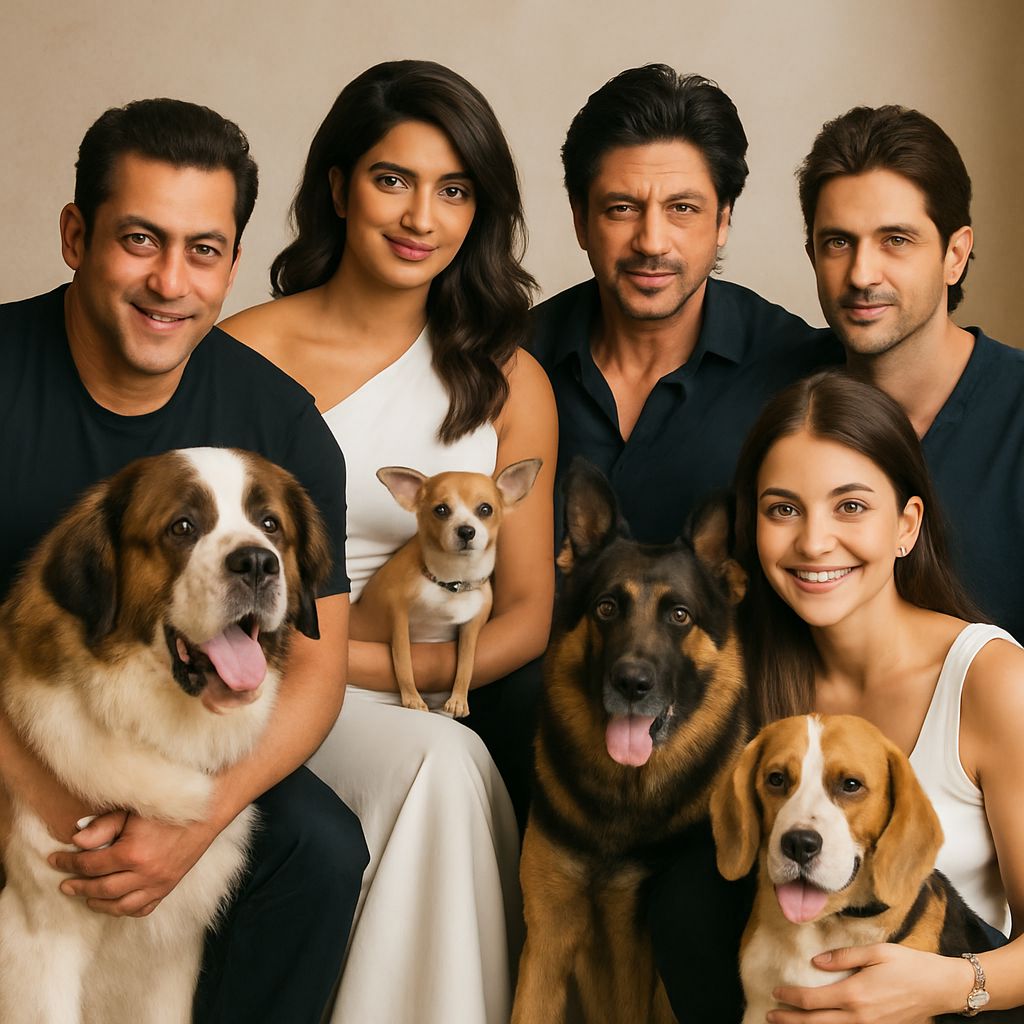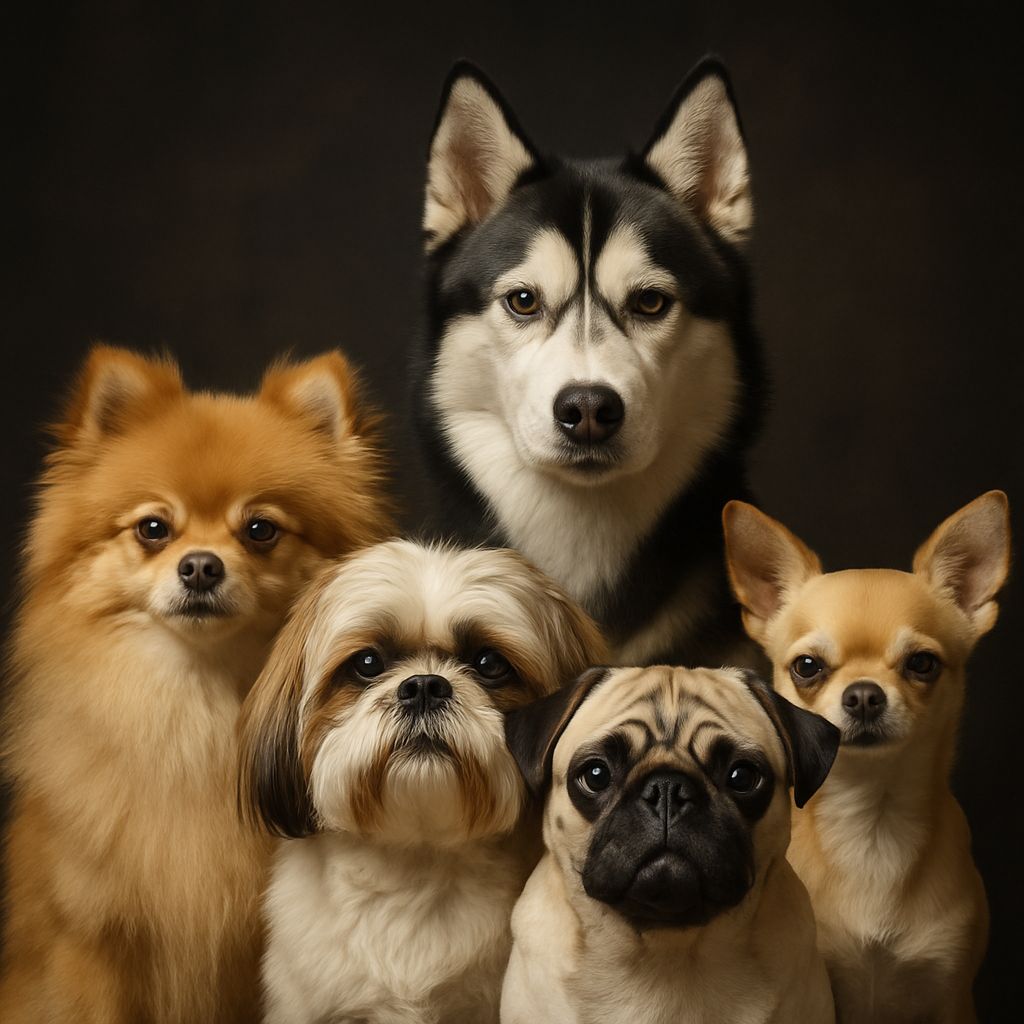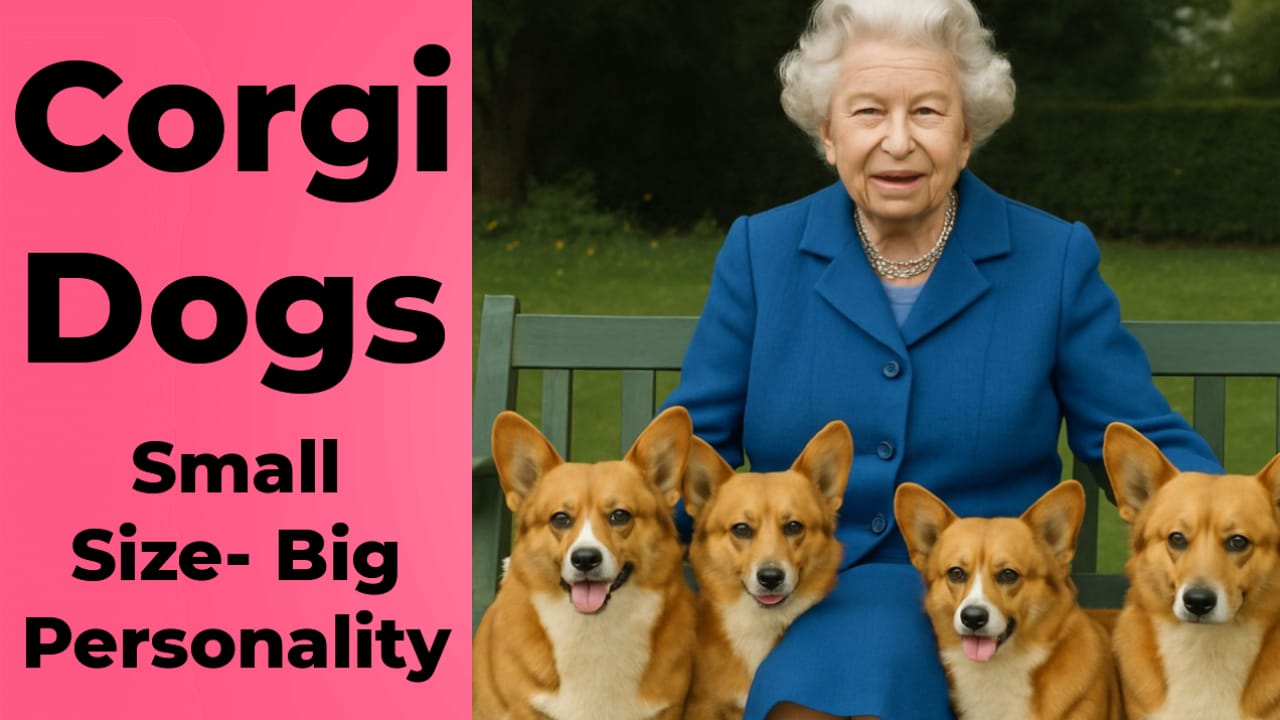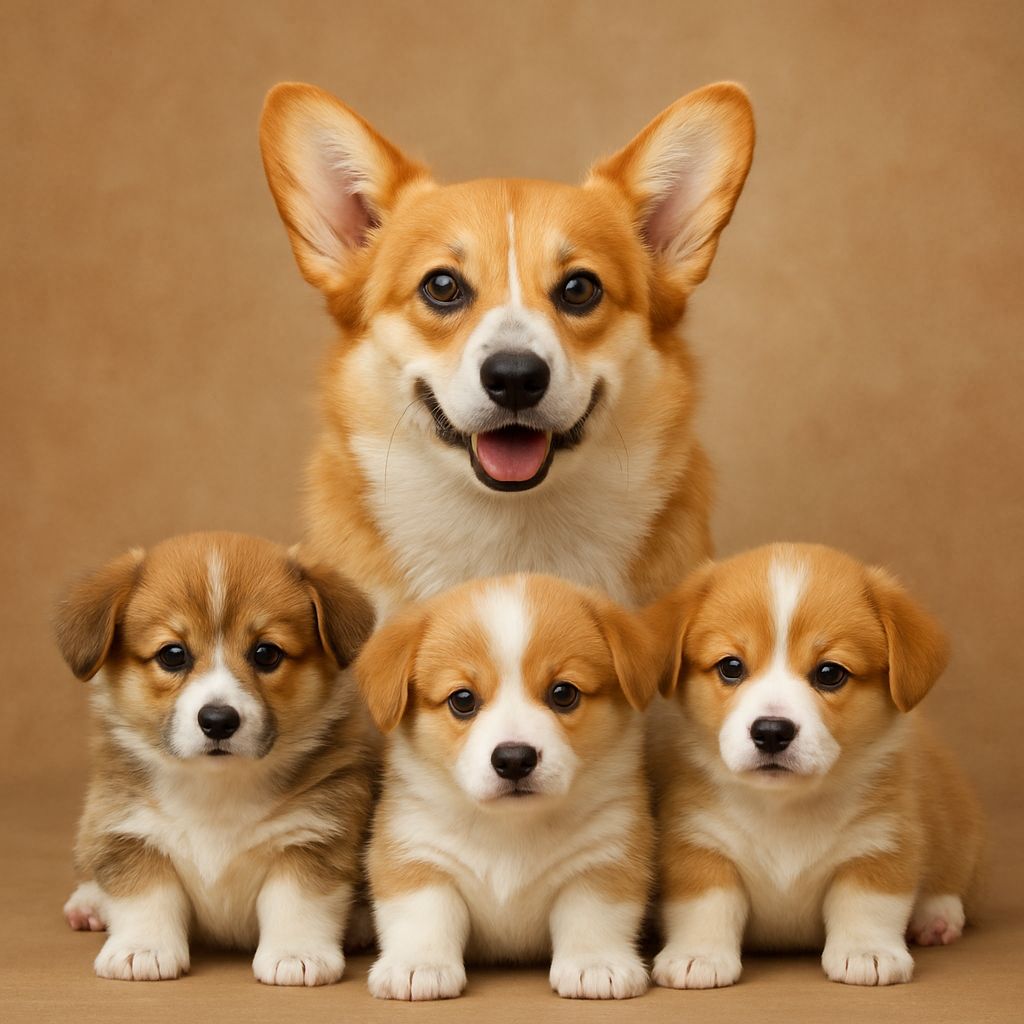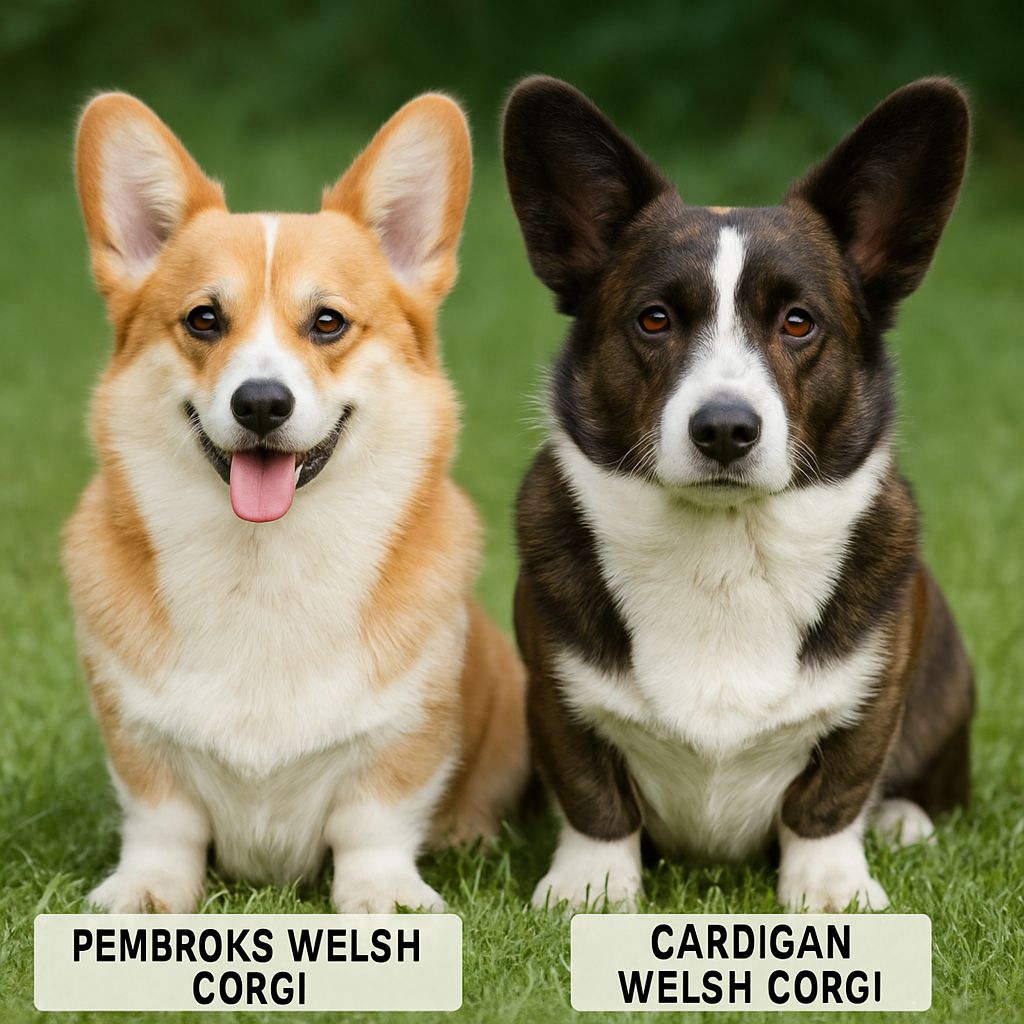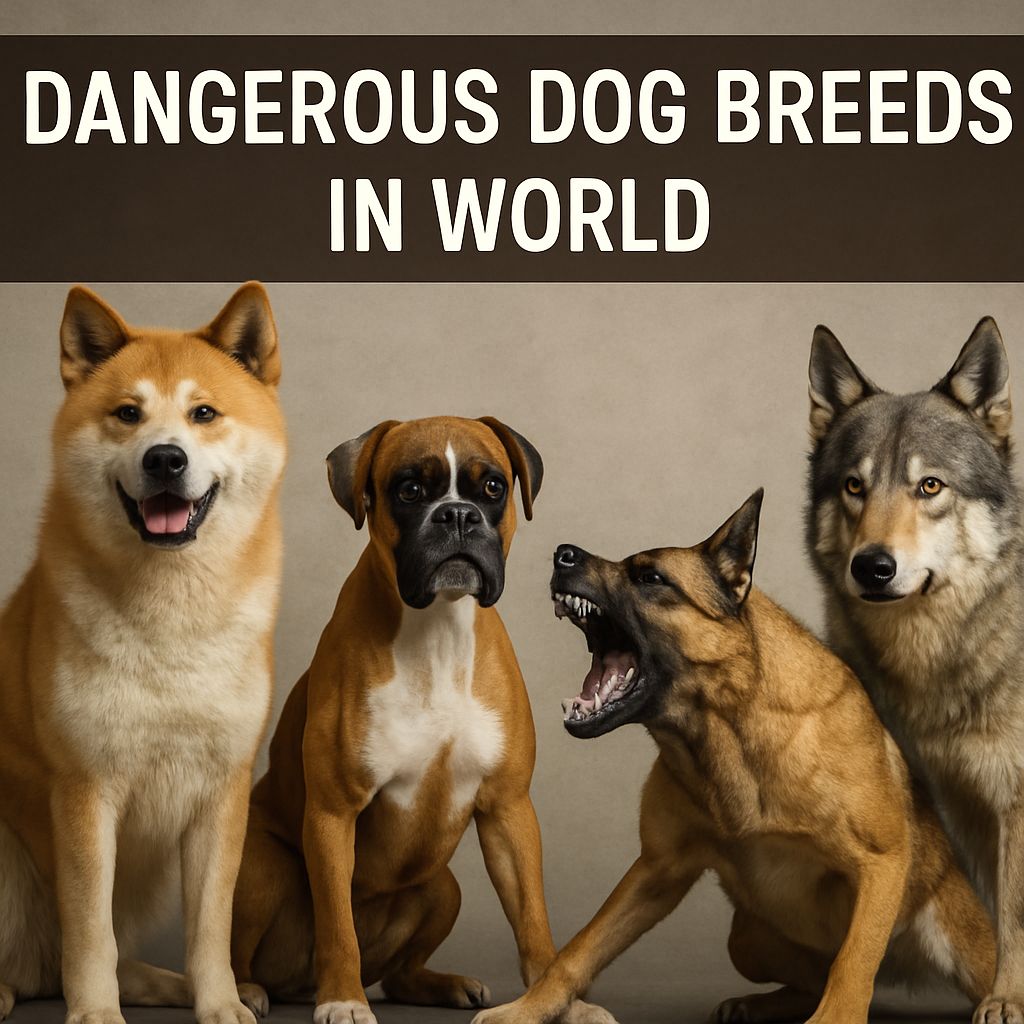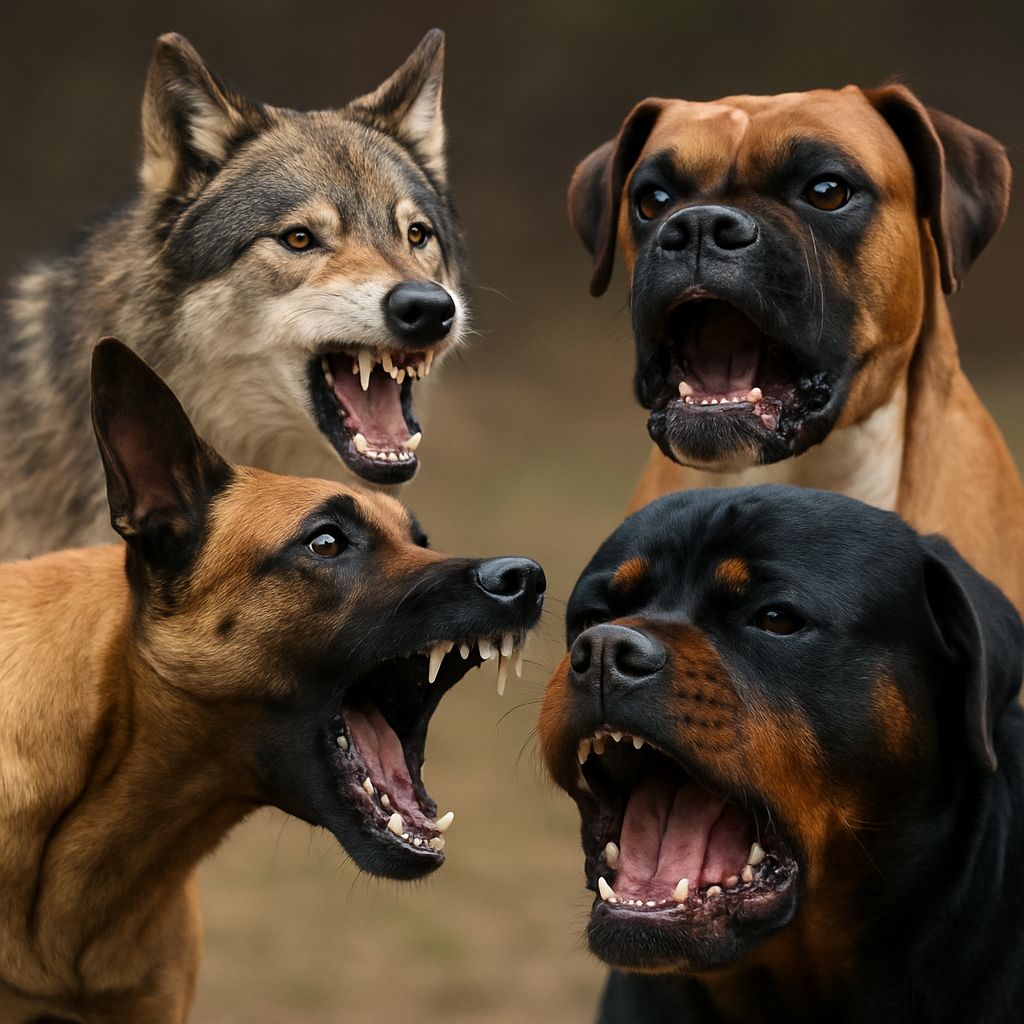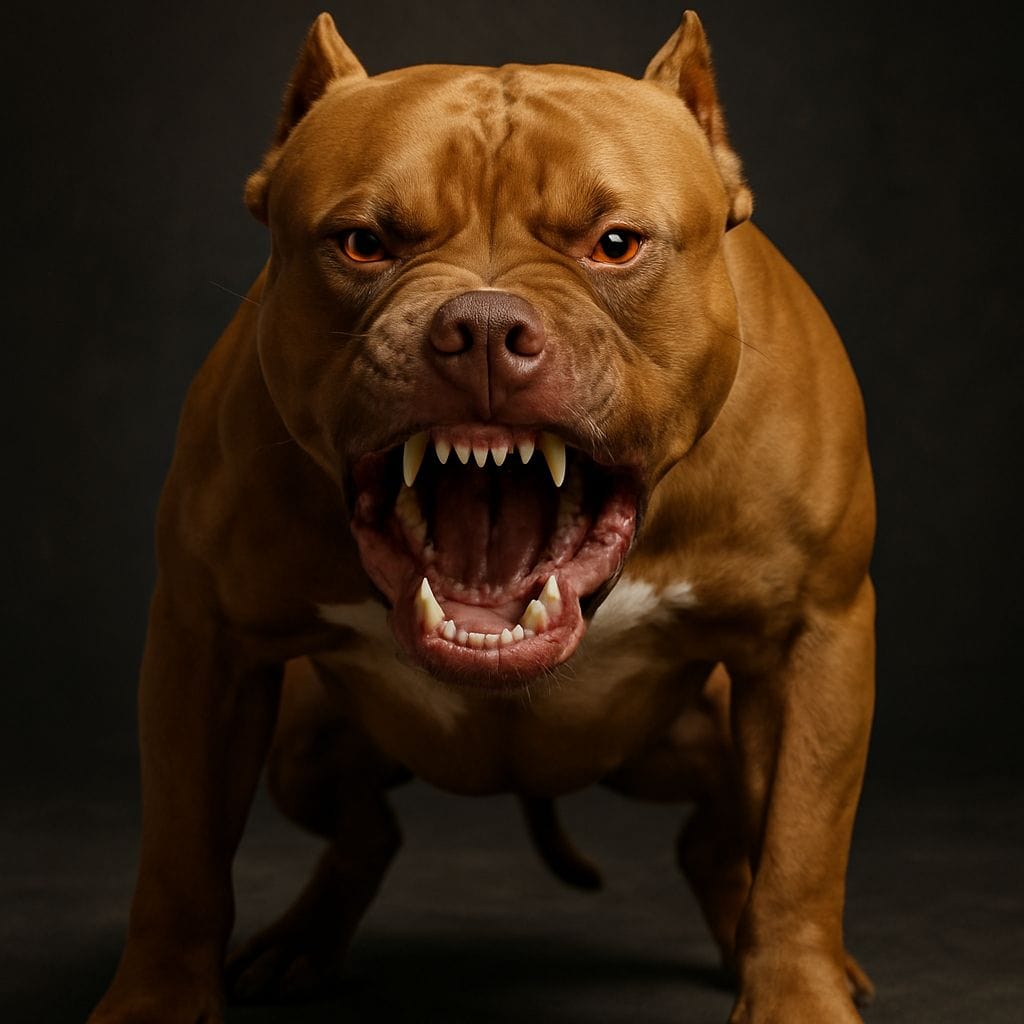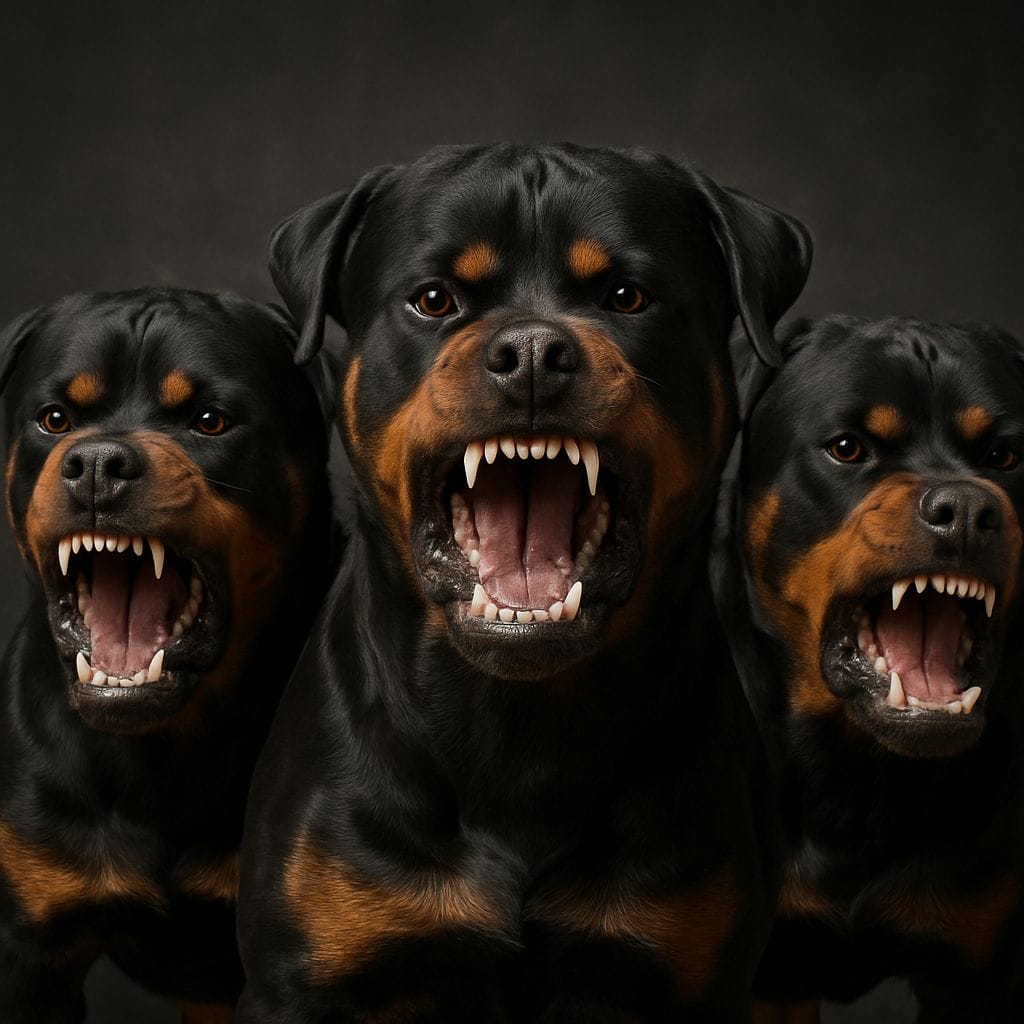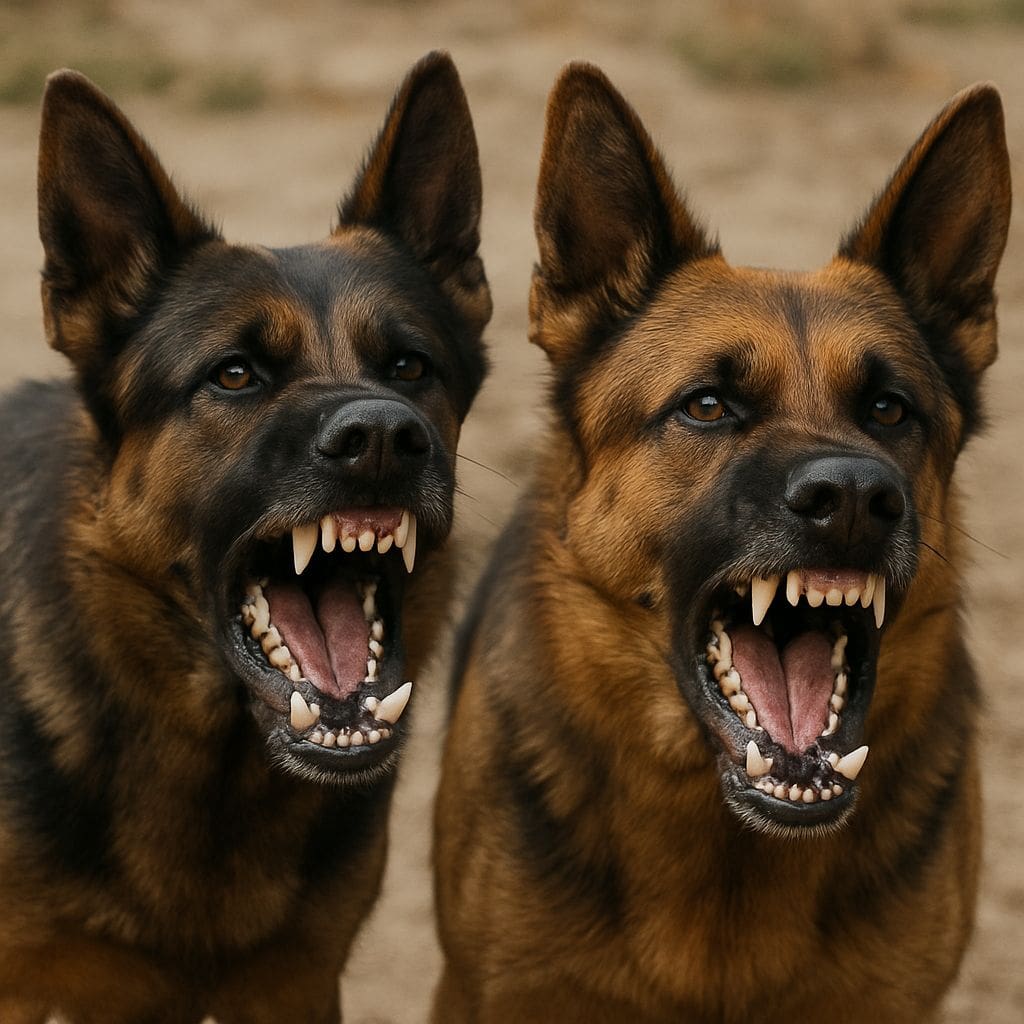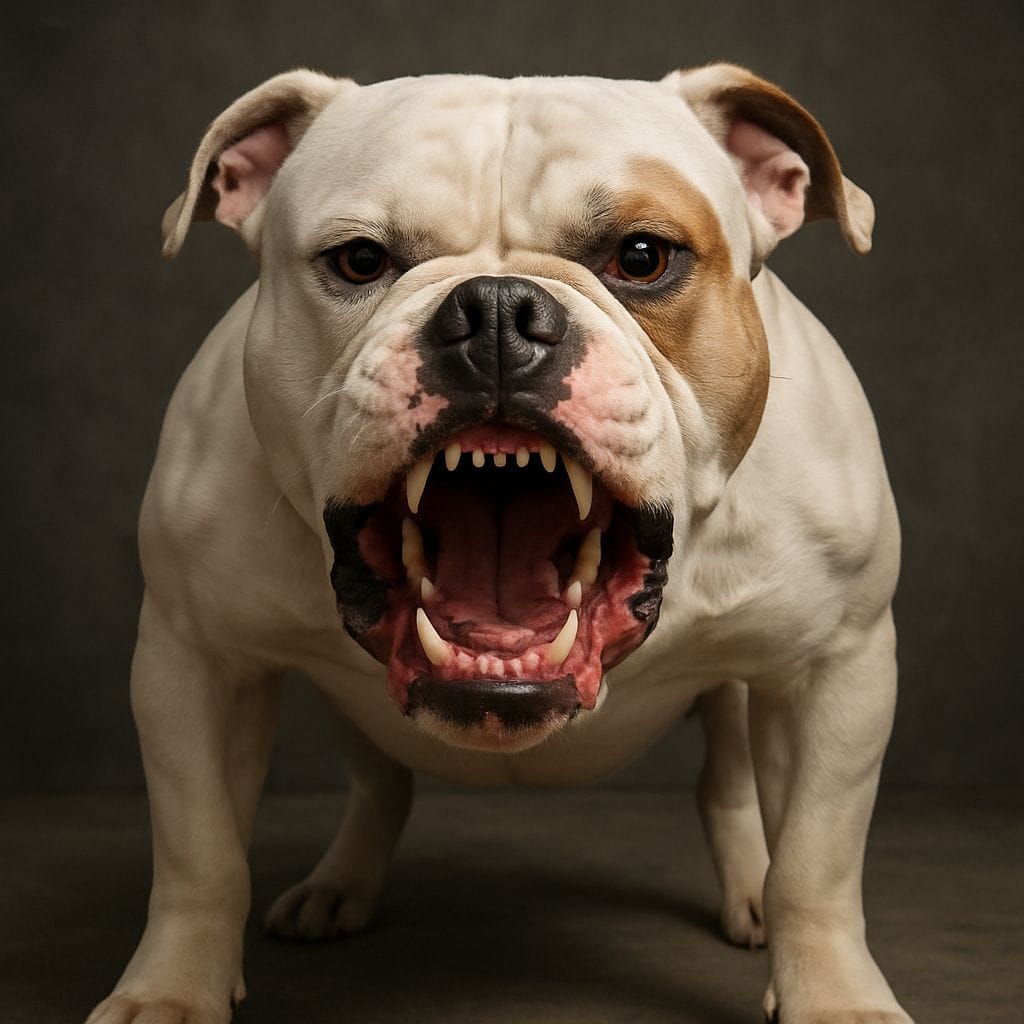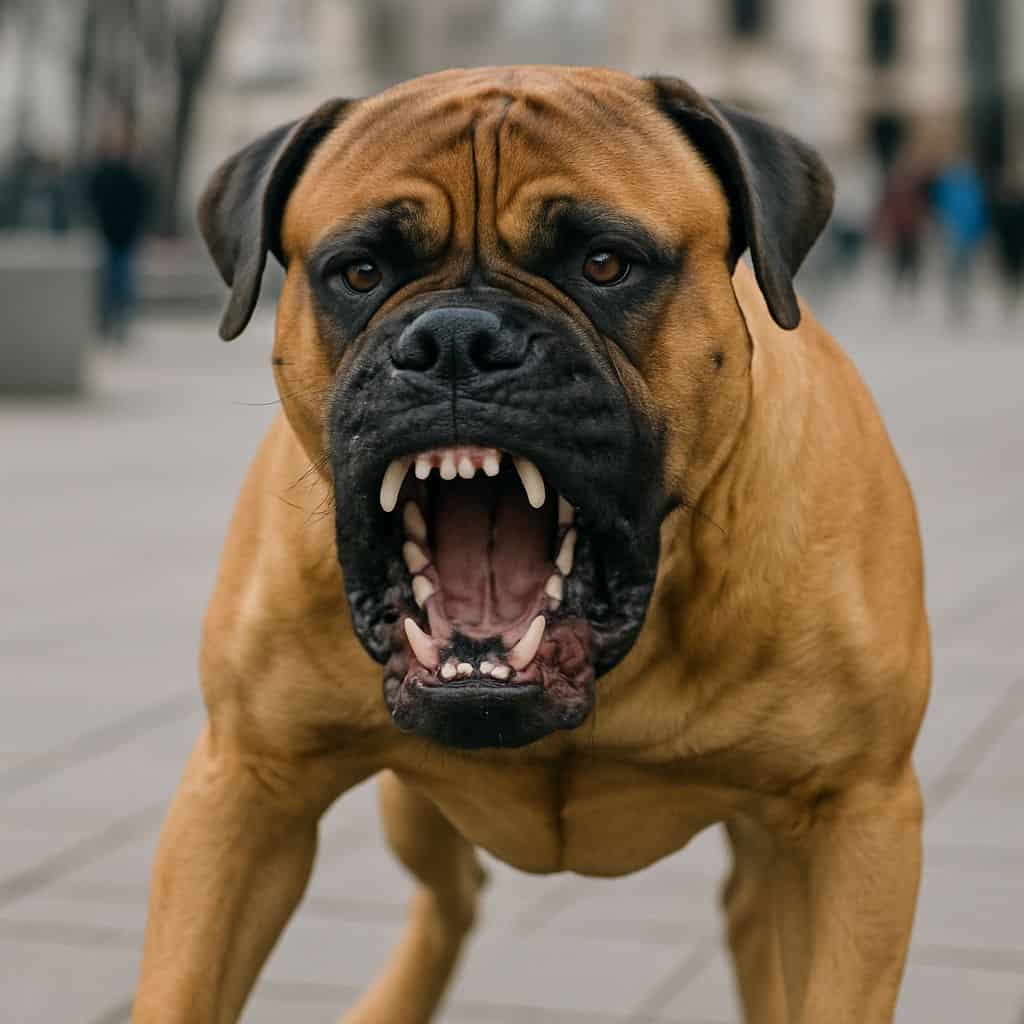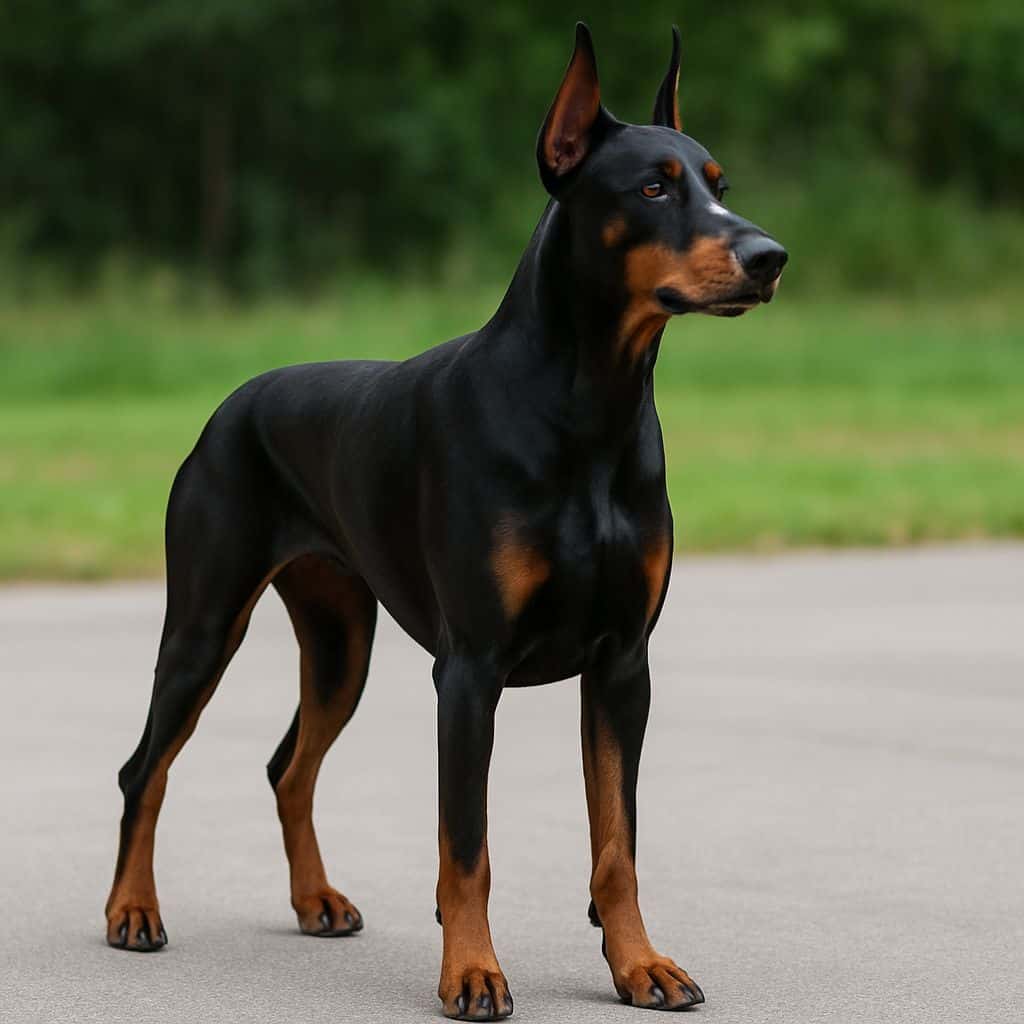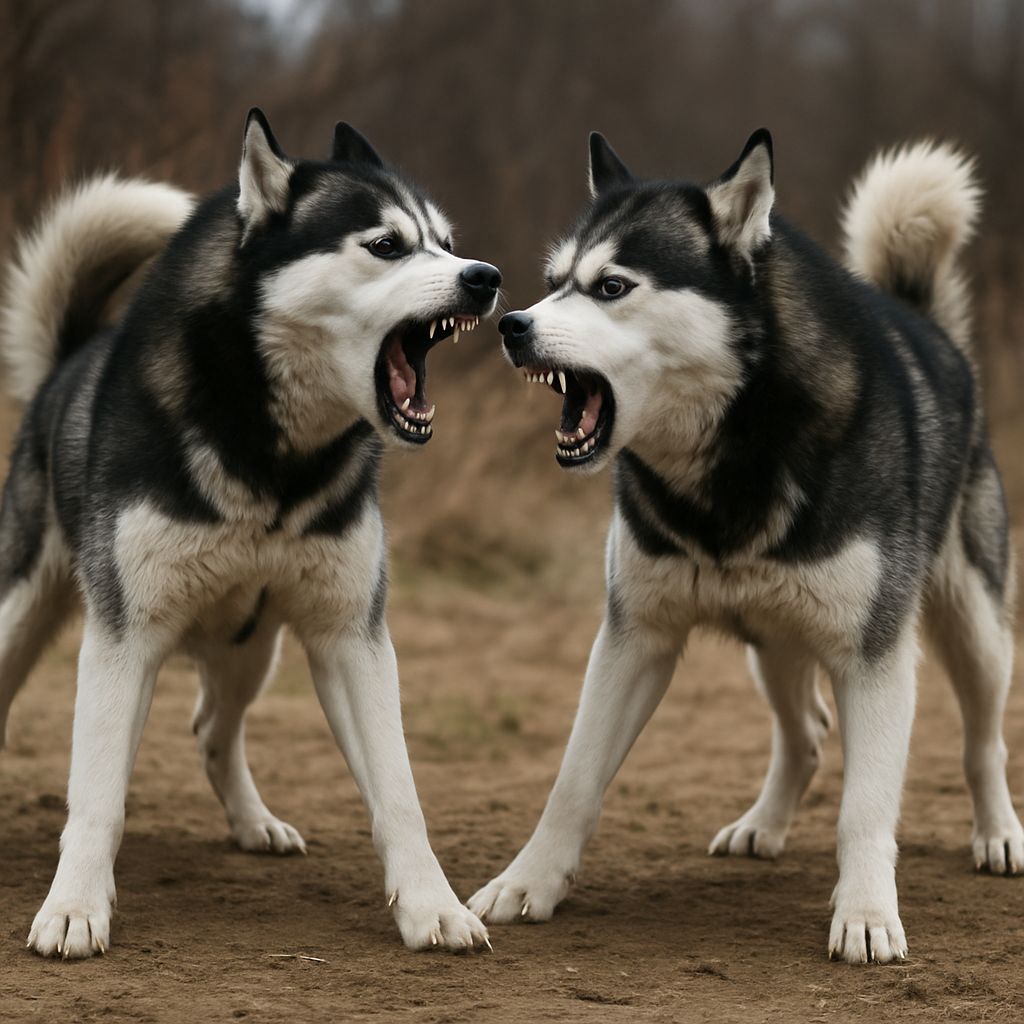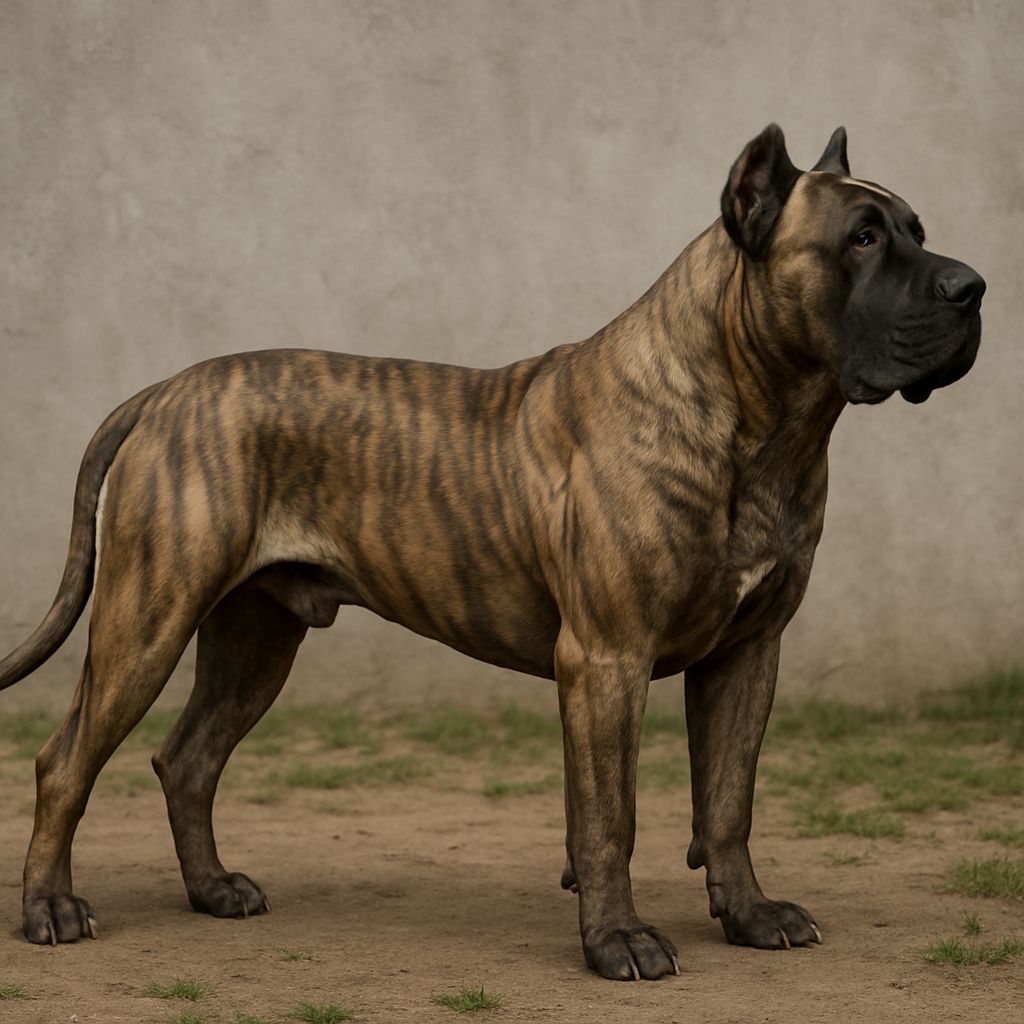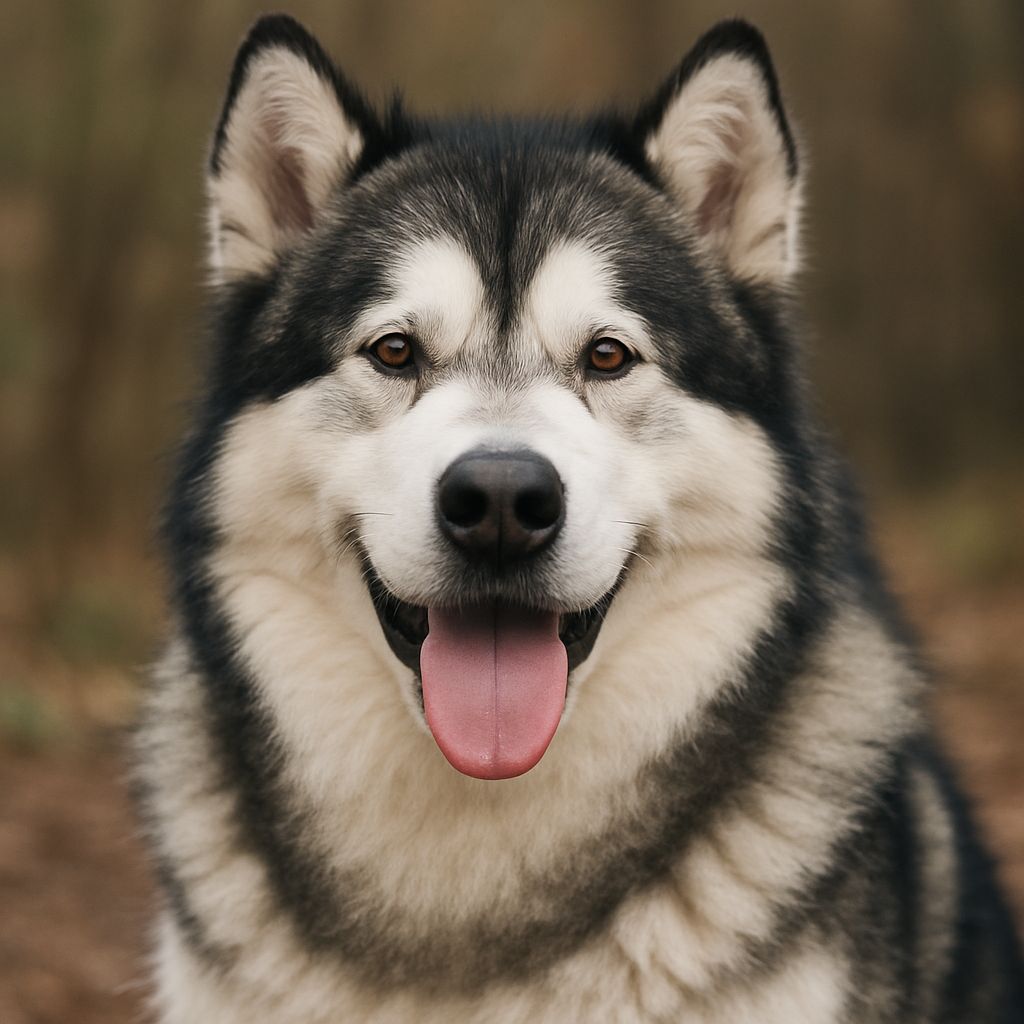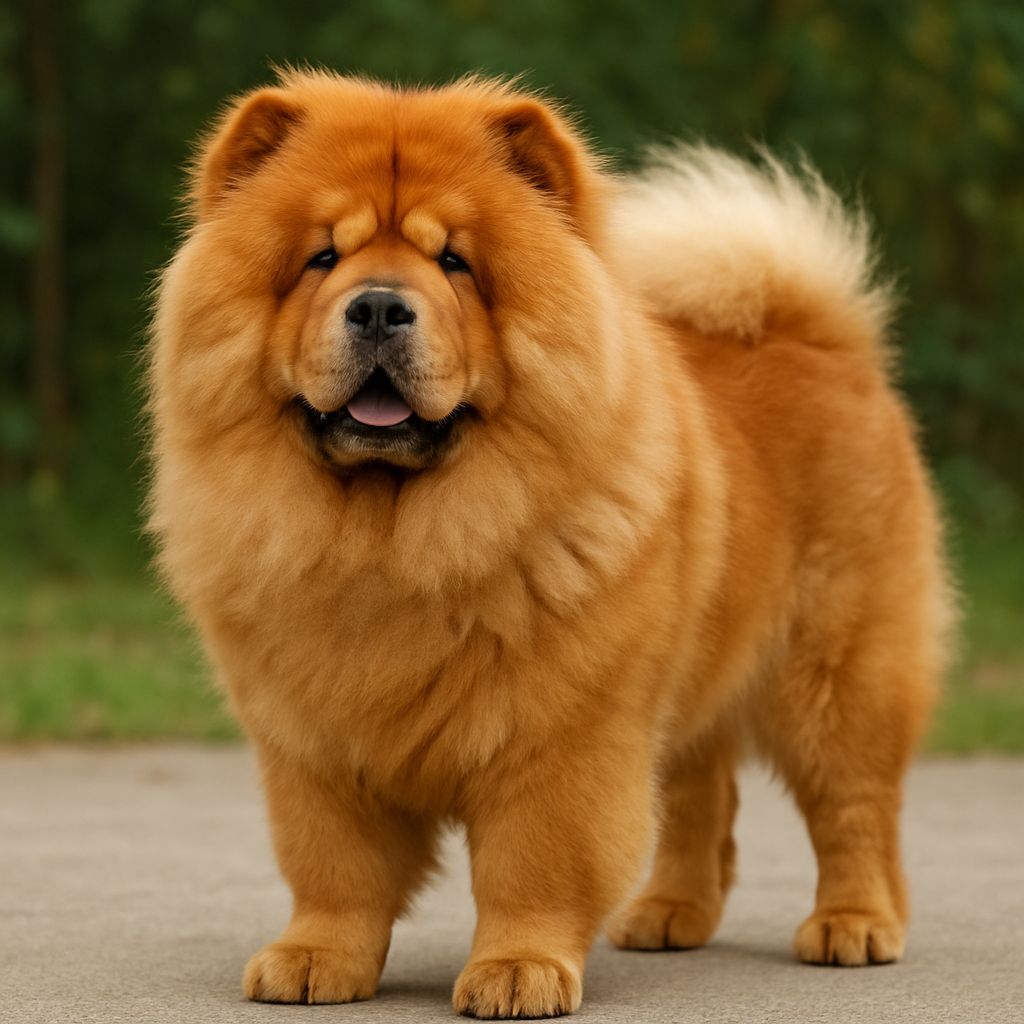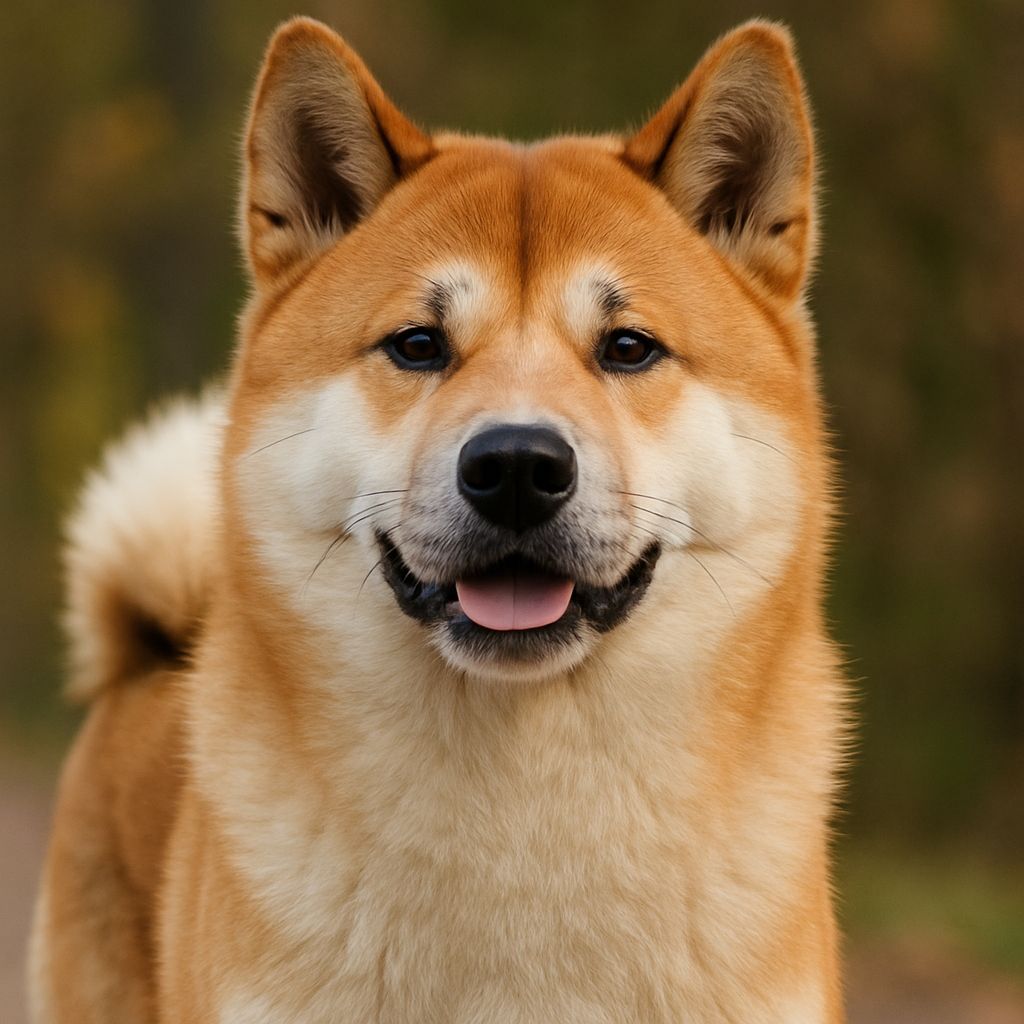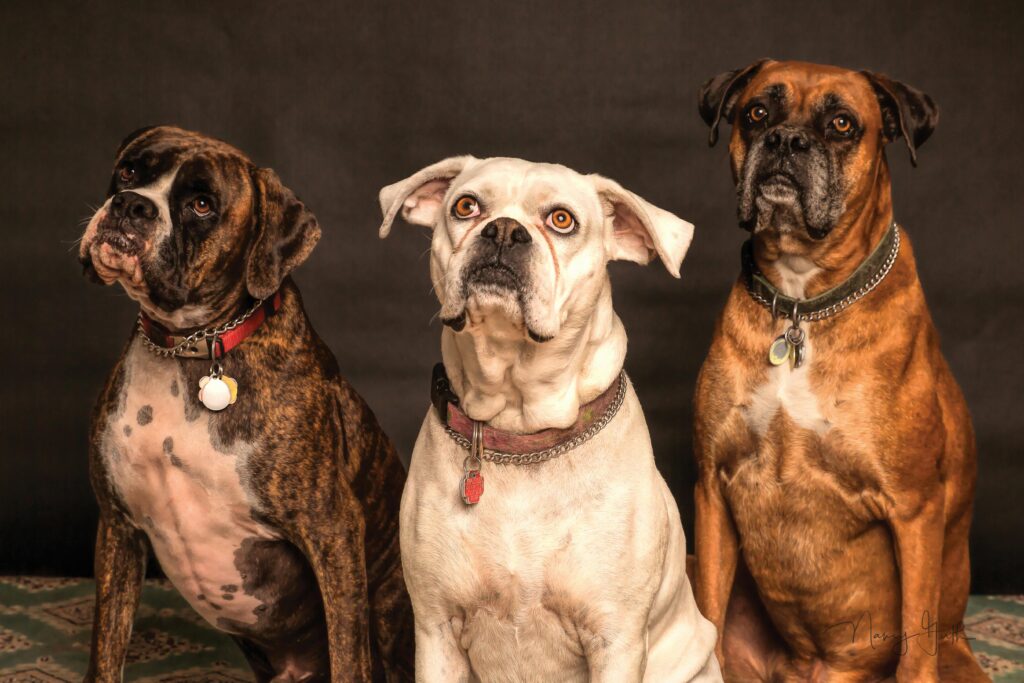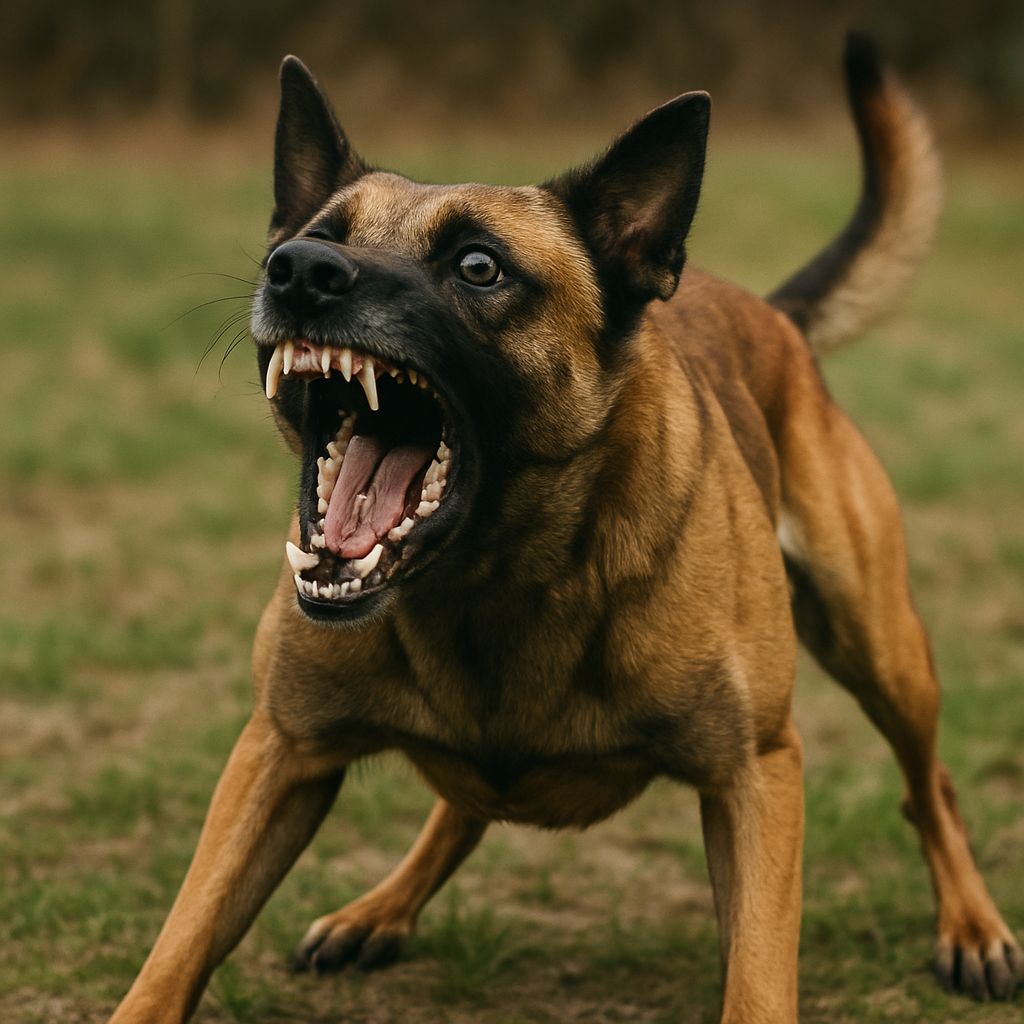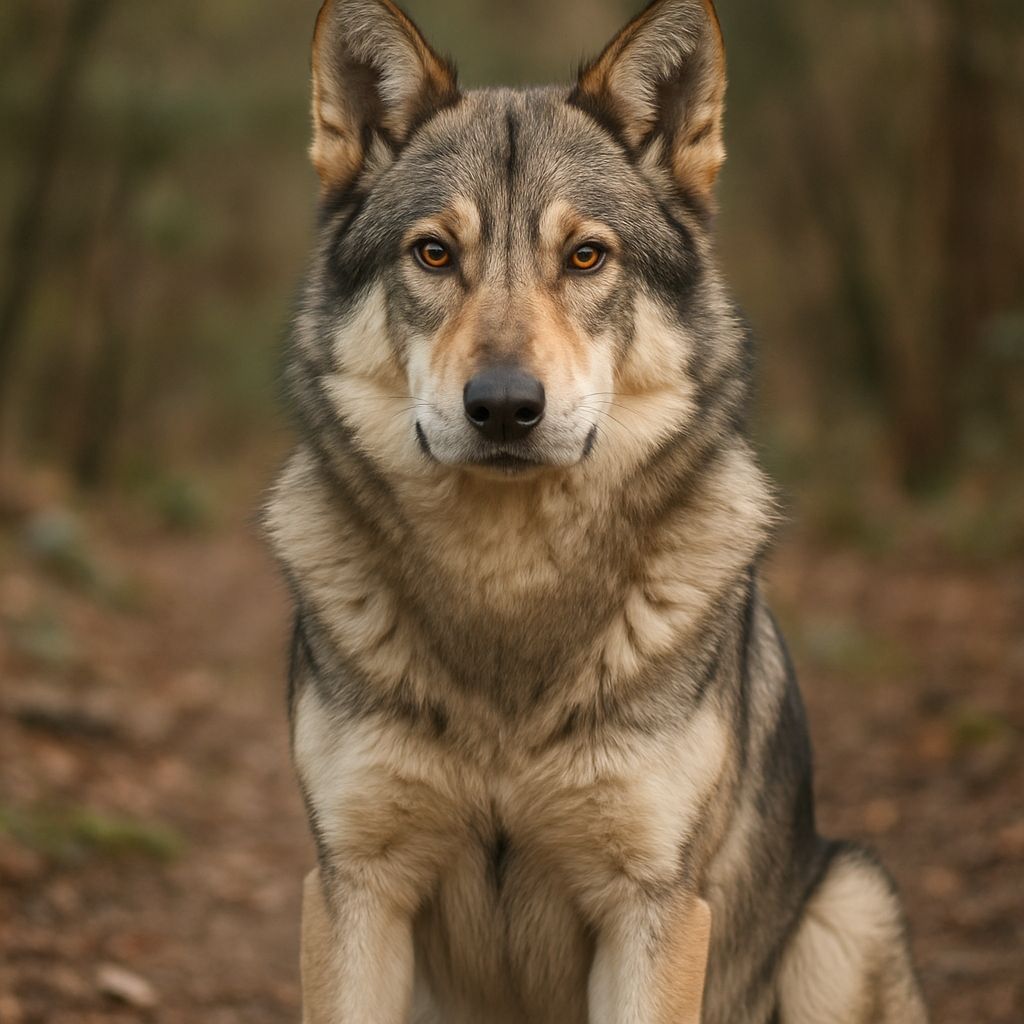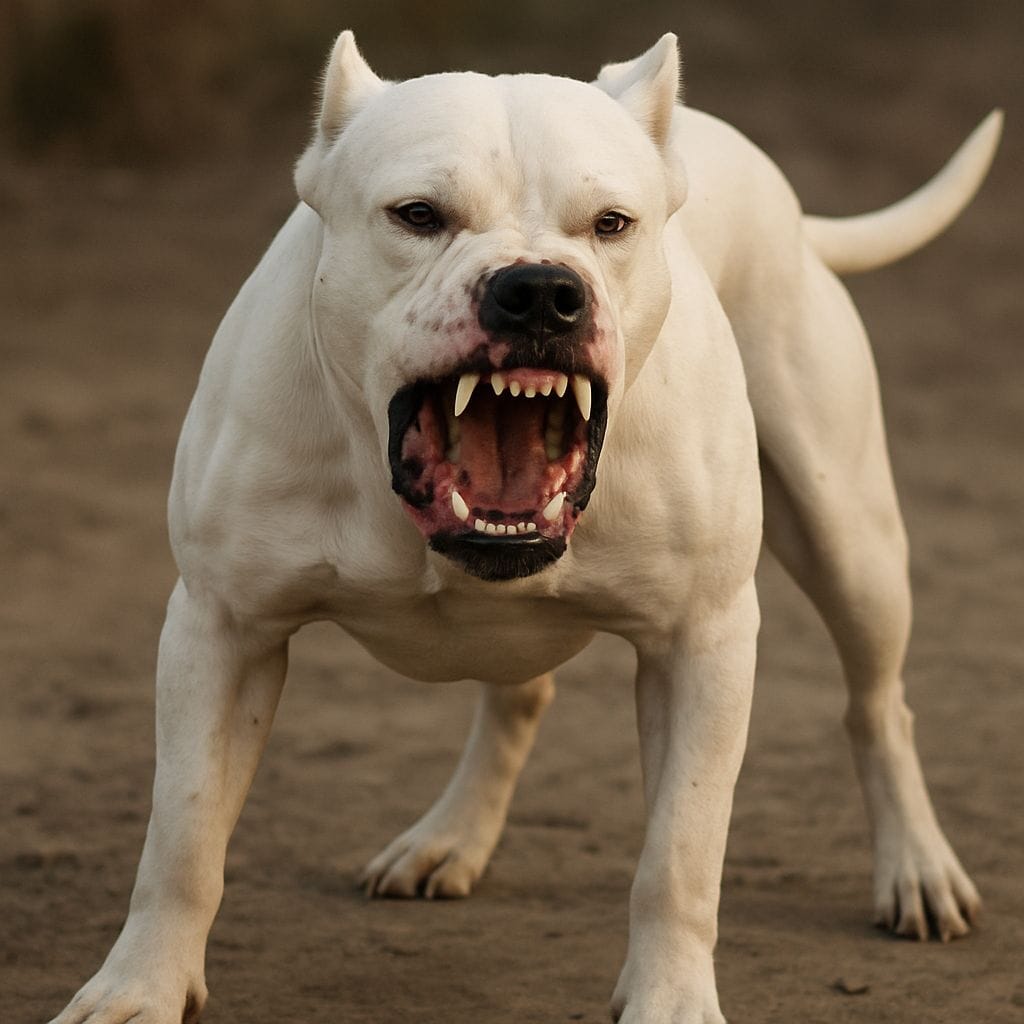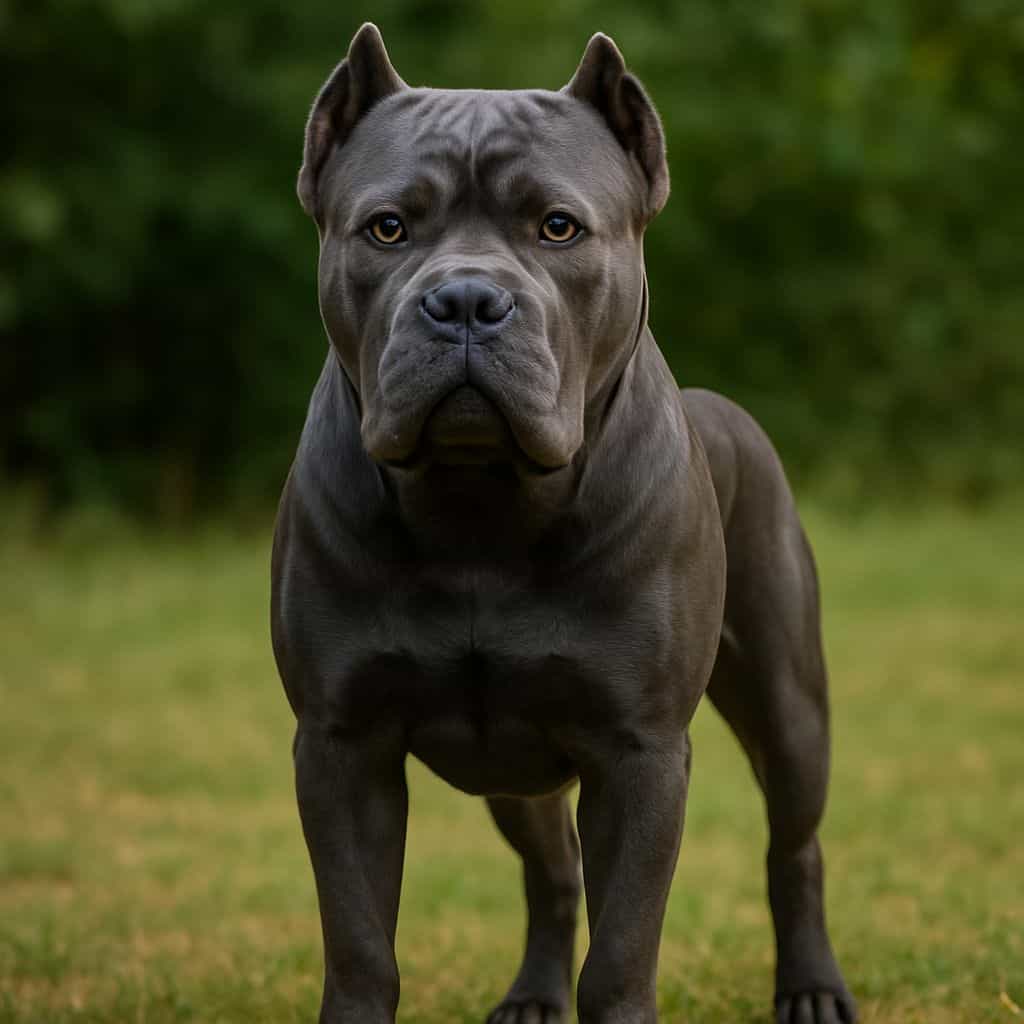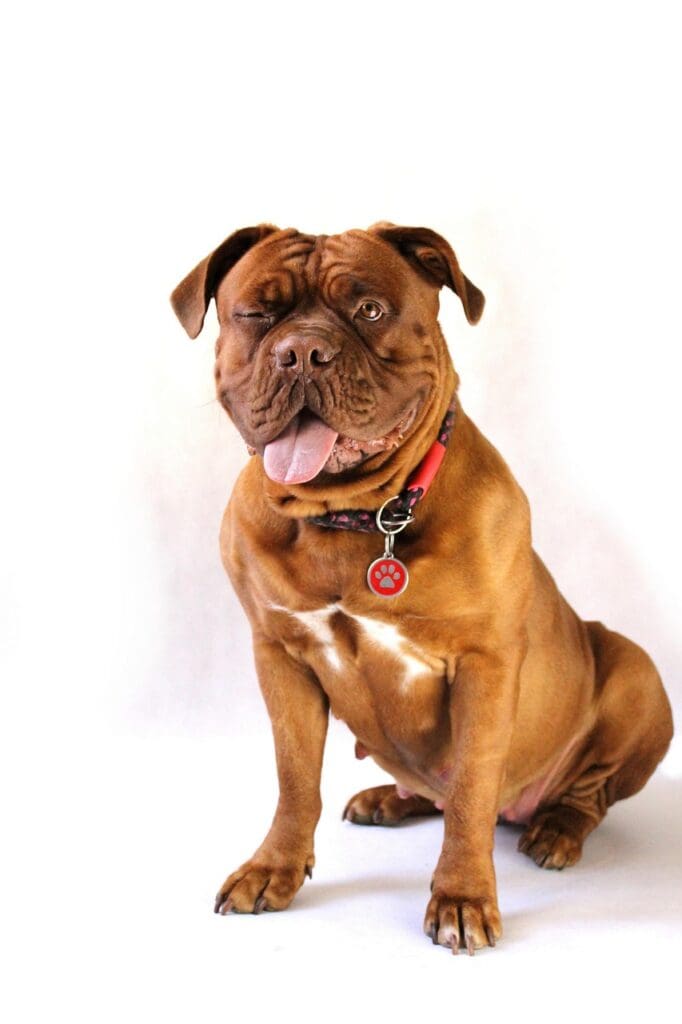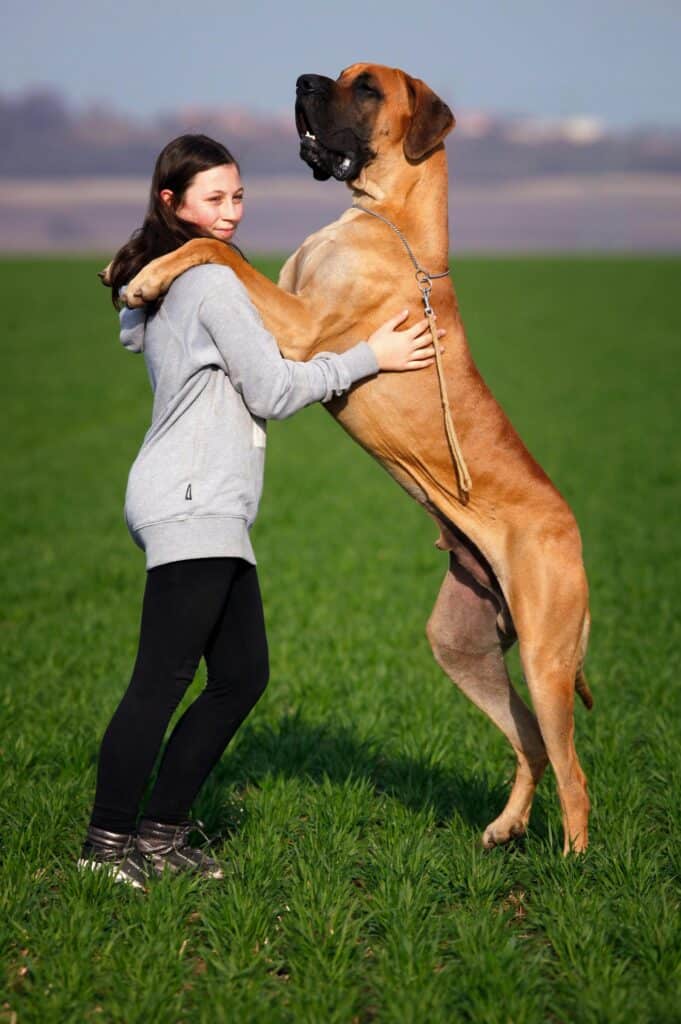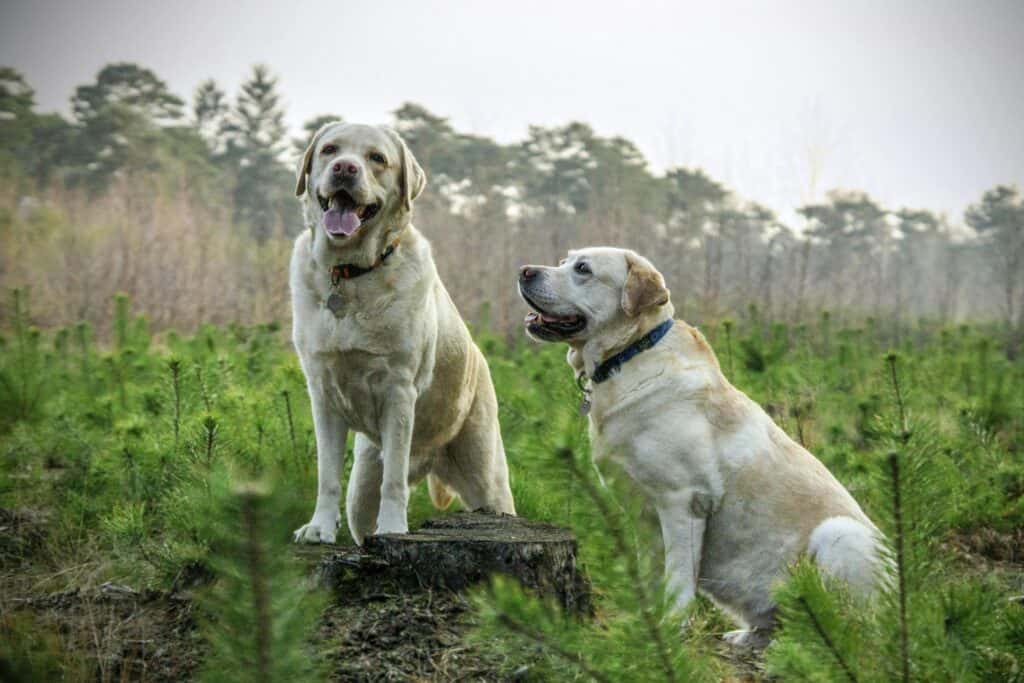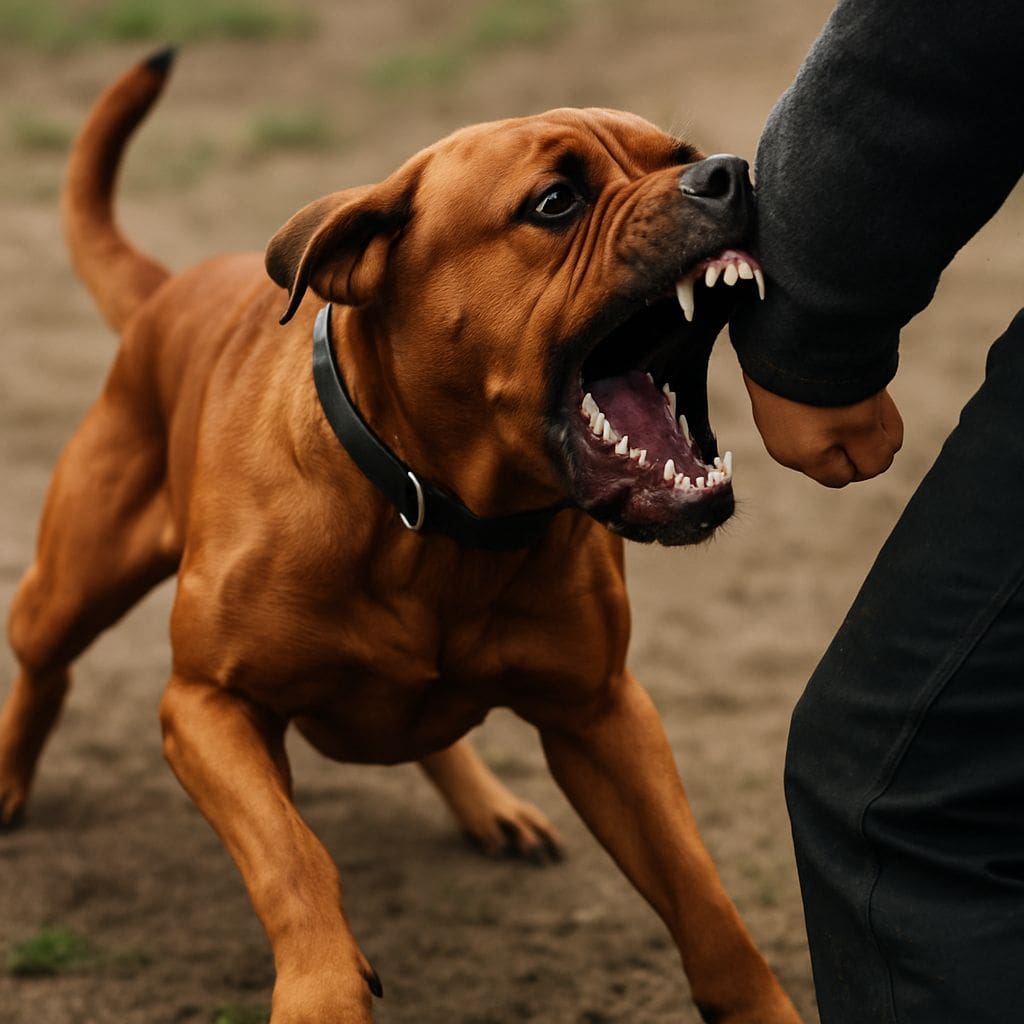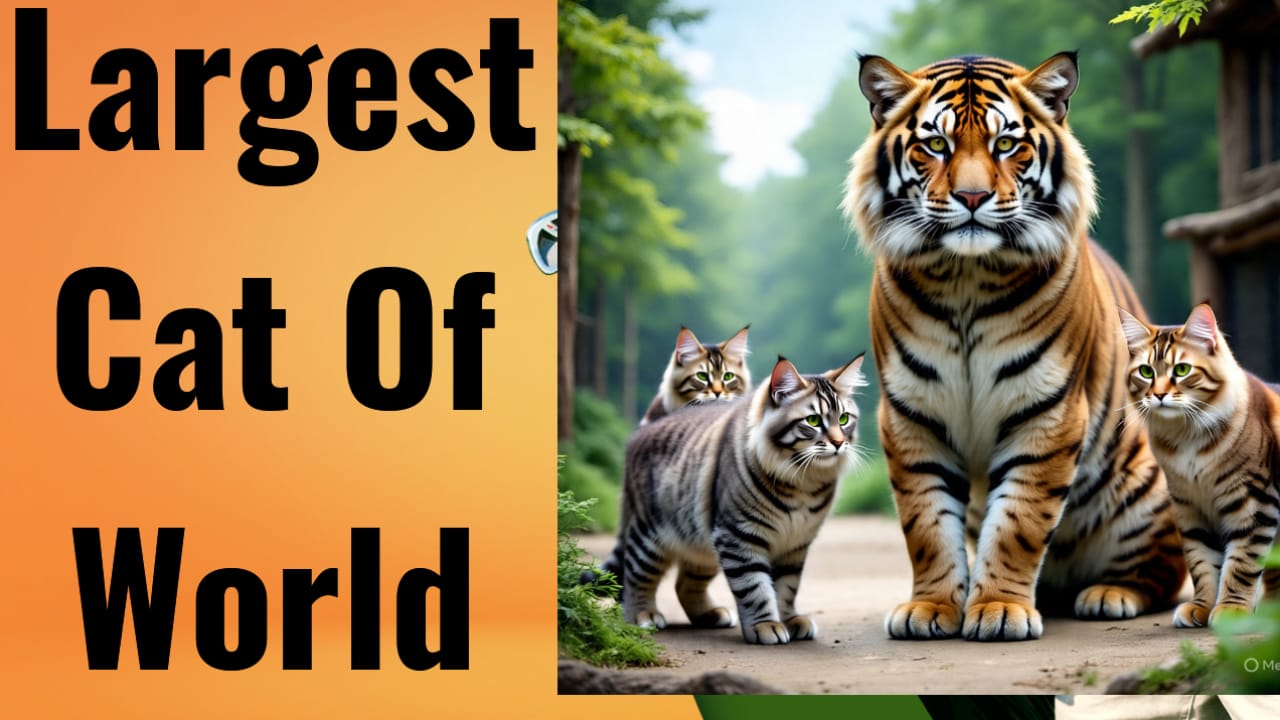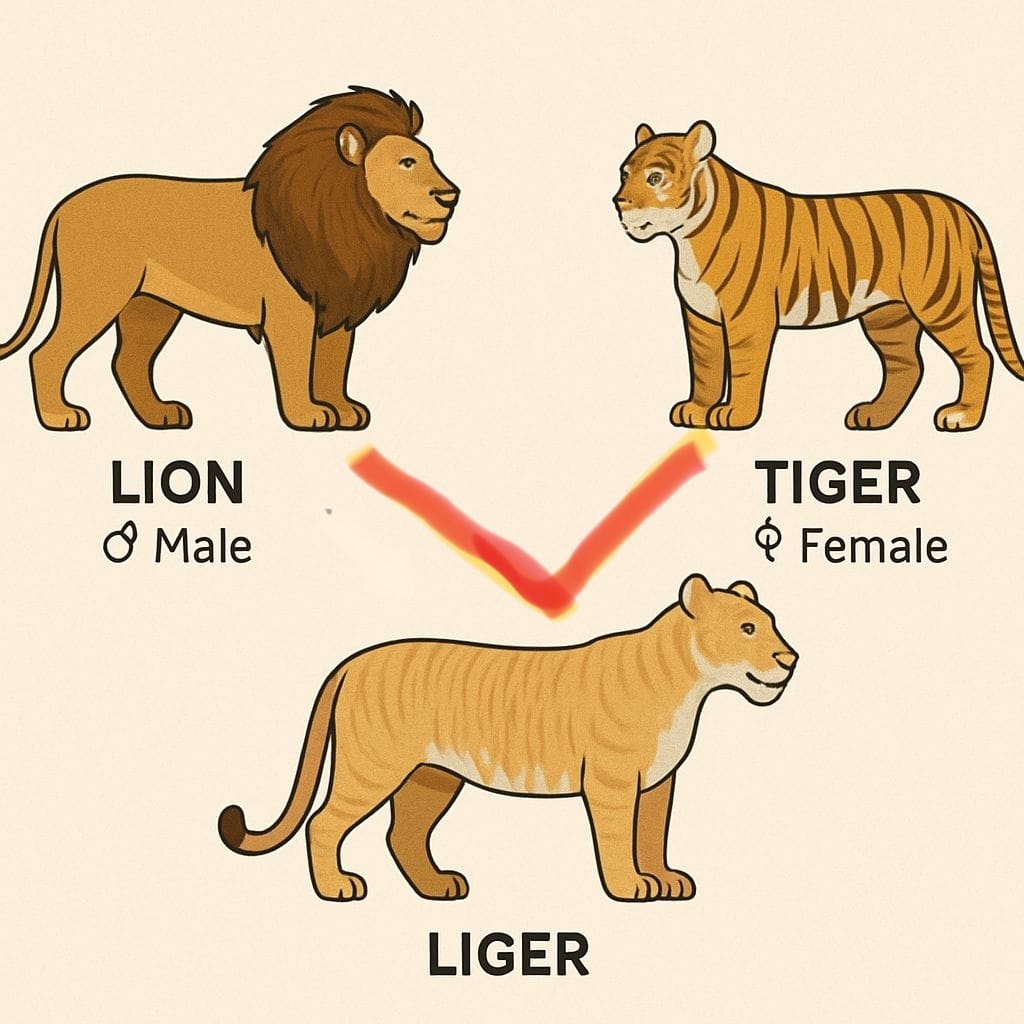“Rabbits: The hoppiest companions you’ll ever find!”
Table of Contents

A rabbit, being fluffy and cute, is filled with character and makes an excellent pet for families, children, city dwellers, or even apartment owners. Different rabbit breeds, exceeding 50 worldwide, have different characteristics-some are affectionate, playful, sometimes they require specific needs such as wool production. In this article, we’ll look at the 15 best rabbit breeds, some of which are popular in India, so that you can choose your ideal bunny companion.
Why Rabbits Make Amazing Pets
Rabbits are more than simply cute faces. They are quiet, clean animals, and one can even litter-train them, so they do well for tiny houses-and one can never have enough space for play! These little fluffy ones are so playful and cuddly and will keep their owners company for years, as some even live for an incredible period of 12 years. In metros like Mumbai, Delhi, and Bangalore, with space becoming extremely sparse, rabbits are enjoying a big boom in popularity as low-maintenance pets. But with so many choices, choosing the best fit can become cumbersome. Here’s a rundown of 15 rabbit breeds based on lifestyle considerations for busy professionals and parents seeking a kid-friendly pet, including a few favorites from India.
Factors to Consider When Choosing a Rabbit Breed
| Factor | Description |
|---|---|
| Size | Small (2-6 lbs), medium (6-9 lbs), or large (9+ lbs); impacts space and care needs. |
| Temperament | Varies by breed; some are calm (e.g., Holland Lop), others energetic (e.g., Dutch). |
| Grooming Needs | Short-haired breeds (e.g., Rex) need less grooming; long-haired (e.g., Angora) need more. |
| Space Requirements | Larger breeds need more room; consider cage and exercise space. |
| Lifespan | Typically 8-12 years; varies by breed and care quality. |
| Purpose | Pet, show, or breeding; some breeds suit specific roles (e.g., Flemish Giant for show). |
| Health Concerns | Some breeds prone to issues like dental problems (e.g., Dwarf breeds). |
| Climate Adaptability | Thicker-coated breeds (e.g., Lionhead) suit cooler climates; others need warmth. |
| Activity Level | High-energy breeds (e.g., Belgian Hare) need more stimulation than docile ones. |
| Cost | Purchase price and maintenance vary; rare breeds may cost more. |
Each factor should align with your lifestyle, space, and commitment level to ensure a good match.
The 15 Best Rabbit Breeds
1. Holland Lop
This tiny bunny with floppy ears is a global favorite for its cuteness and playful nature.

| Feature | Details |
|---|---|
| Size | 2–4 pounds |
| Lifespan | 7–14 years |
| Colors & Coats | Orange, black, tortoiseshell; short, dense fur |
| Temperament | Playful, affectionate, great with kids |
| Grooming | Weekly brushing |
| Purpose | Pet, show |
| Approx. Cost (USD) | $25–$65 |
| Litter Size | 4–6 |
| Environmental Conditions | Cool, indoor; avoid extreme heat |
| Specific Health Issues | Dental malocclusion |
Why It’s Special: Holland Lops are perfect for apartments. Anjali in Pune loves her Holland Lop, Bubbles, who thrives in her small flat.
The Holland Lop is a tiny bundle of joy, loved worldwide for its cute, floppy ears and friendly nature.
2. Lionhead
Best rabbit breeds also include the Lionhead, known for its distinctive mane that resembles a lion’s. Lionheads are adorable with their fluffy mane, making them look like mini lions.

| Feature | Details |
|---|---|
| Size | 2.5–3.5 pounds |
| Lifespan | 8–10 years |
| Colors & Coats | White, black, blue, lilac; mane, medium fur |
| Temperament | Gentle, shy, friendly with handling |
| Grooming | Daily mane brushing |
| Purpose | Pet, show |
| Approx. Cost (USD) | $30–$80 |
| Litter Size | 3–5 |
| Environmental Conditions | Indoor, avoid humidity |
Why It’s Special: Their unique mane, caused by a genetic mutation, needs extra grooming but makes them adorable show rabbits.
3. Flemish Giant
Among the best rabbit breeds, the Flemish Giant impresses with its massive size and gentle temperament, often called the “king of rabbits.”
Known as the “gentle giant,” this rabbit is calm and dog-like.

| Feature | Details |
|---|---|
| Size | 12–20 pounds |
| Lifespan | 8–12 years |
| Colors & Coats | Black, blue, fawn; short, dense fur |
| Temperament | Calm, docile |
| Grooming | Weekly brushing |
| Purpose | Pet, show |
| Approx. Cost (USD) | $65–$130 |
| Litter Size | 6–12 |
| Environmental Conditions | Spacious, cool, shaded |
| Specific Health Issues | Heatstroke, obesity |
Why It’s Special: Flemish Giants, like Max owned by the Patel family in Delhi, are perfect for big homes and love lounging with kids.
4. Mini Rex
Best rabbit breeds like the Mini Rex captivate with their plush, velvety fur and compact build. The Mini Rex is famous for its super-soft, velvety fur that feels like a plush toy.

- Size: 3.5–4.5 pounds
- Appearance: Compact with dense, short fur in colors like blue or lilac.
- Temperament: Friendly, calm, and loves being petted.
- Care Needs: Weekly brushing, soft bedding to prevent foot sores.
- Why It’s Great: Great for kids and seniors due to its gentle nature and low maintenance.
- Scientific Insight: Its unique fur comes from a recessive gene that shortens guard hairs, reducing shedding.
5. Dutch
The Dutch breed is another of the best rabbit breeds, celebrated for its striking black-and-white markings and lively spirit, like a tuxedo.

| Feature | Details |
|---|---|
| Size | 3.5–5.5 pounds |
| Lifespan | 8–12 years |
| Colors & Coats | Black/white, blue/white Hawkins, blue/white; short fur |
| Temperament | Social, gentle, kid-friendly |
| Grooming | Weekly brushing |
| Purpose | Pet, show |
| Approx. Cost (USD) | $20–$50 |
| Litter Size | 4–8 |
| Environmental Conditions | Indoor/outdoor, shaded |
| Specific Health Issues | None notable |
Why It’s Special: Easygoing and hardy, Dutch rabbits are great for beginners.
6. New Zealand White
Best rabbit breeds also feature the New Zealand White, valued for its robust health and white coat. A top pick in India, the New Zealand White is hardy and adaptable to warm climates.

- Size: 9–12 pounds
- Appearance: White fur, red eyes (albinism), medium to large body.
- Temperament: Calm, friendly, bonds well with owners.
- Care Needs: Low grooming, needs shade and water in hot weather.
- Why It’s Great: Popular in India for pets and farming, easy to find at places like Deenbandhu Rabbit Farming in Bihar.
- Popularity in India: Widely bred for its resilience and versatility.
7. Grey Giant
Among the best rabbit breeds, the Grey Giant offers a rare and impressive option with its sturdy frame. A smaller cousin of the Flemish Giant, the Grey Giant is a favorite in India.

| Feature | Details |
|---|---|
| Size | 10–15 pounds |
| Lifespan | 8–12 years |
| Colors & Coats | Grey, fawn; short fur |
| Temperament | Relaxed, gentle |
| Grooming | Weekly brushing |
| Purpose | Pet, farming |
| _os |
System: Why It’s Special: Loved in India for its size and calm nature, available at farms like Tricity Agro Farming in Purnia.
8. Soviet Chinchilla
Best rabbit breeds include the Soviet Chinchilla, admired for its dense, chinchilla-like fur and friendly behavior. The Soviet Chinchilla is prized in India for its plush, silver-grey fur and robust health.

| Feature | Details |
|---|---|
| Size | 8–12 pounds |
| Lifespan | 8–12 years |
| Colors & Coats | Silver-grey; dense, plush fur |
| Temperament | Curious, calm |
| Grooming | Weekly brushing |
| Purpose | Pet, show, farming |
| Approx. Cost (USD) | $20–$50 |
| Litter Size | 5–8 |
| Environmental Conditions | Heat-tolerant, shaded |
| Specific Health Issues | None notable |
Why It’s Special: A show and pet favorite in India, available at farms like Sri Prashanth Rabit Pet Shop in Bengaluru.
9. Angora
The Angora stands out among the best rabbit breeds due to its long, silky wool used for crafting. Angora rabbits are fluffy wool producers, perfect for those who love unique pets.

| Feature | Details |
|---|---|
| Size | 5–10 pounds |
| Lifespan | 7–12 years |
| Colors & Coats | White, black, blue; long, woolly fur |
| Temperament | Playful, friendly |
| Grooming | Daily brushing |
| Purpose | Pet, wool |
| Approx. Cost (USD) | $40–$90 |
| Litter Size | 4–8 |
| Environmental Conditions | Cool, dry; avoid heat |
| Specific Health Issues | Wool block, GI stasis |
Angora rabbit wool is used to create a variety of luxurious and warm products, including:
- Sweaters and Pullovers: Soft, lightweight garments with a fluffy halo effect.
- Scarves and Shawls: Elegant accessories known for their warmth and delicate texture.
- Hats and Mittens: Cozy headwear and handwear with excellent insulation.
- Socks and Gloves: Comfortable, warm items often blended with other fibers for durability.
- Baby Booties and Blankets: Gentle, hypoallergenic products for infants.
- Bolero Jackets: Stylish, lightweight outerwear, sometimes blended with wool or silk.
These products often blend Angora wool with other fibers like merino wool or cashmere to enhance elasticity and reduce felting, making them practical yet luxurious.
Why It’s Special: Priya in Chennai spins her Angora’s wool into scarves, blending pet care with creativity.
10. Netherland Dwarf
Best rabbit breeds also encompass the Netherland Dwarf, the smallest of the bunch with a big personality. The Netherland Dwarf is a tiny, adorable breed perfect for small spaces.

| Feature | Details |
|---|---|
| Size | 1–2.5 pounds |
| Lifespan | 8–12 years |
| Colors & Coats | Black, white, Himalayan; short fur |
| Temperament | Skittish, sweet with socialization |
| Grooming | Weekly brushing |
| Purpose | Pet, show |
| Approx. Cost (USD) | $30–$80 |
| Litter Size | 2–4 |
| Environmental Conditions | Indoor, safe spaces |
| Specific Health Issues | Respiratory issues, malocclusion |
Why It’s Special: Ideal for small spaces, available at pet stores like Mrnmrspet.com in Mumbai.
11. Mini Lop
Among the best rabbit breeds, the Mini Lop combines a lopped ear look with a friendly disposition Mini Lops are like Holland Lops but slightly larger, with the same floppy ears.

| Feature | Details |
|---|---|
| Size | 4–6 pounds |
| Lifespan | 7–10 years |
| Colors & Coats | Cream, fawn; medium, dense fur |
| Temperament | Affectionate, playful |
| Grooming | Weekly brushing |
| Purpose | Pet, show |
| Approx. Cost (USD) | $25–$65 |
| Litter Size | 4–6 |
| Environmental Conditions | Indoor, avoid extreme heat |
| Specific Health Issues | Dental issues |
Why It’s Special: A great balance of size and cuddliness for families.
12. English Spot
Best rabbit breeds like the English Spot shine with their unique spotted pattern and athletic build English.

| Feature | Details |
|---|---|
| Size | 5–8 pounds |
| Lifespan | 6–8 years |
| Colors & Coats | White with black/blue spots; short fur |
| Temperament | Active, curious |
| Grooming | Weekly brushing |
| Purpose | Pet, show |
| Approx. Cost (USD) | $25–$60 |
| Litter Size | 5–8 |
| Environmental Conditions | Indoor/outdoor, shaded |
| Specific Health Issues | None notable |
Why It’s Special: Their unique spots and lively nature make them great for shows.
13. Californian
The Californian is one of the best rabbit breeds, known for its commercial use and striking white coat with dark points.
| Feature | Details |
|---|---|
| Size | 8–10 pounds |
| Lifespan | 8–12 years |
| Colors & Coats | White with black/blue points; short fur |
| Temperament | Friendly, calm |
| Grooming | Weekly brushing |
| Purpose | Pet, farming |
| Approx. Cost (USD) | $20–$50 |
| Litter Size | 6–10 |
| Environmental Conditions | Heat-tolerant, shadowed |
| Specific Health Health Issues | None notable |
Why It’s Special: Popular in India for its adaptability and gentle nature.
14. Himalayan
Himalayan rabbits are small and known for their unique, cat-like markings.

| Feature | Details |
|---|---|
| Size | 2.5–5 pounds |
| Lifespan | 8–12 years BOO |
| Colors & Coats | White with black/blue points; short fur |
| Temperament | Quiet, gentle |
| Grooming | Weekly brushing |
| Purpose | Pet, show |
| Approx. Cost (USD) | $20–$50 |
| Litter Size | 4–6 |
| Environmental Conditions | Indoor, avoid heat |
| Specific Health Issues | None notable |
Why It’s Special: Great for calm homes with their easygoing vibe.
15. Satin
Among the best rabbit breeds, the Satin dazzles with its glossy, satin-like fur and elegant build.

| Feature | Details |
|---|---|
| Size | 6–10 pounds |
| Lifespan | 8–10 years |
| Colors & Coats | Red, blue; glossy, short fur |
| Temperament | Friendly, active |
| Grooming | Weekly brushing |
| Purpose | Pet, show |
| Approx. Cost (USD) | $25–$65 |
| Litter Size | 5–8 |
| Environmental Conditions | Indoor/outdoor, shaded |
| Specific Health Issues | None notable |
Why It’s Special: Their glossy coat makes them a favorite for shows and families.
Breed Comparison Table
Here’s a quick comparison of the 15 best rabbit breeds to help you choose:
| Breed | Size (pounds) | Temperament | Grooming Needs | Lifespan (years) | Best For |
|---|---|---|---|---|---|
| Holland Lop | 2–4 | Playful, affectionate | Low | 7–14 | Families, apartments |
| Lionhead | 2.5–3.5 | Gentle, shy | High (mane) | 8–10 | Kids, enthusiasts |
| Flemish Giant | 12–20 | Calm, docile | Low | 8–12 | Large homes |
| Mini Rex | 3.5–4.5 | Friendly, calm | Low | 5–7 | Kids, seniors |
| Dutch | 3.5–5.5 | Social, gentle | Low | 8–12 | Beginners |
| New Zealand White | 9–12 | Calm, friendly | Low | 8–12 | India, beginners |
| Grey Giant | 10–15 | Relaxed, gentle | Low | 8–12 | India, large homes |
| Soviet Chinchilla | 8–12 | Curious, calm | Medium | 8–12 | India, shows |
| Angora | 5–10 | Playful, friendly | High | 7–12 | Wool enthusiasts |
| Netherland Dwarf | 1–2.5 | Skittish, sweet | Low | 8–12 | Urban homes |
| Mini Lop | 4–6 | Affectionate, playful | Low | 7–10 | Families |
| English Spot | 5–8 | Active, curious | Low | 6–8 | Active owners |
| Californian | 8–10 | Friendly, calm | Low | 8–12 | India, beginners |
| Himalayan | 2.5–5 | Quiet, gentle | Low | 8–12 | Calm homes |
| Satin | 6–10 | Friendly, active | Medium | 8–10 | Shows, families |
Essential Care Tips for Your Rabbit
Owning a rabbit is fun but requires care. Here’s how to keep your bunny happy:
- Diet: Feed unlimited hay (timothy or meadow), fresh veggies (carrots, lettuce), and small amounts of pellets. Avoid sugary treats like fruits.
- Housing: Use a cage at least 4×2 feet for small breeds, larger for giants. Add soft bedding and keep it cool in India’s heat.
- Grooming: Brush long-haired breeds like Angoras daily, short-haired ones weekly. Trim nails monthly.
- Health: Check for signs of illness like not eating or lethargy. Rabbits can get dental issues or digestive problems.
- Exercise: Give 2–3 hours of playtime daily with toys like tunnels or chew sticks.
Scientific Insight: Rabbits are crepuscular, meaning they’re most active at dawn and dusk. Plan playtime during these hours for a happy bunny.
Rabbit Breeds Found In India
| Breed | Description | Common Uses | Availability |
|---|---|---|---|
| New Zealand White | White fur, reddish eyes, medium size | Pet, meat | Widely available |
| Angora | Long, silky wool, thick fur | Wool, pet | Common in hilly regions |
| Soviet Chinchilla | Grey-white fur, dense coat | Pet, show | Available in some areas |
| Grey Giant | Grey fur, larger size | Pet, meat | Limited availability |
| White Giant | White fur, larger size | Pet, meat | Limited availability |
| Dutch | Small size, black-and-white markings | Pet, show | Moderately available |
| Dwarf Lop | Small size, lop ears | Pet | Available in some regions |
| California White | White with black/grey patches | Pet, meat | Moderately available |
| Netherland Dwarf | Tiny size, various colors | Pet | Limited availability |
Note: Availability may vary by region, and imported breeds are legally permitted as pets, while native wild rabbits are protected under the Wildlife Protection Act of 1972.
Where to Find These Breeds in India
In India, reputable breeders and pet stores offer these breeds:
- Deenbandhu Rabbit Farming (Bihar): Specializes in New Zealand White and Grey Giant.
- Sri Prashanth Rabit Pet Shop (Bengaluru): Offers Soviet Chinchilla and Angora.
- Mrnmrspet.com: Online platform with Netherland Dwarfs and Holland Lops in cities like Mumbai.
- Local Pet Stores: Check stores in Delhi or Chennai for Dutch and Mini Rex.
Always visit breeders to ensure rabbits are healthy and well-cared-for.
Caprophagy in Rabbits

Caprophagy is the behavior where rabbits eat their soft, nutrient-rich cecotropes (special droppings produced in the cecum) to re-ingest essential nutrients like vitamins and proteins, aiding digestion. This is a natural process for maintaining gut health.
Solution: No intervention is needed as it’s normal. Ensure a balanced diet with hay, fresh vegetables, and limited pellets to support healthy cecotrope production. If excessive or abnormal, consult a vet to rule
Conclusion
Rabbits make great pets and lift spirits with cuddles and play. Ranging from the diminutive Netherland Dwarf to the immense Flemish Giant, the 15 best rabbit breeds have an option for anyone. In India, New Zealand White, Grey Giant, and Soviet Chinchilla are preferred for their adaptability, while worldwide favorites like Holland Lop and Mini Rex charm their way into people’s hearts. By understanding all the requirements regarding the size, temperament, and care of any given breed, you can easily pick a bunny that fits seamlessly into your life.
Ready to meet your fluffy friend? You might be able to visit a local breeder or a pet store where the different breeds can be seen. With affections, a little hay for fixing, and attention, a rabbit would indeed be a loyal companion for years. If you have also a puppy as a pet you can visit our website for detail information


